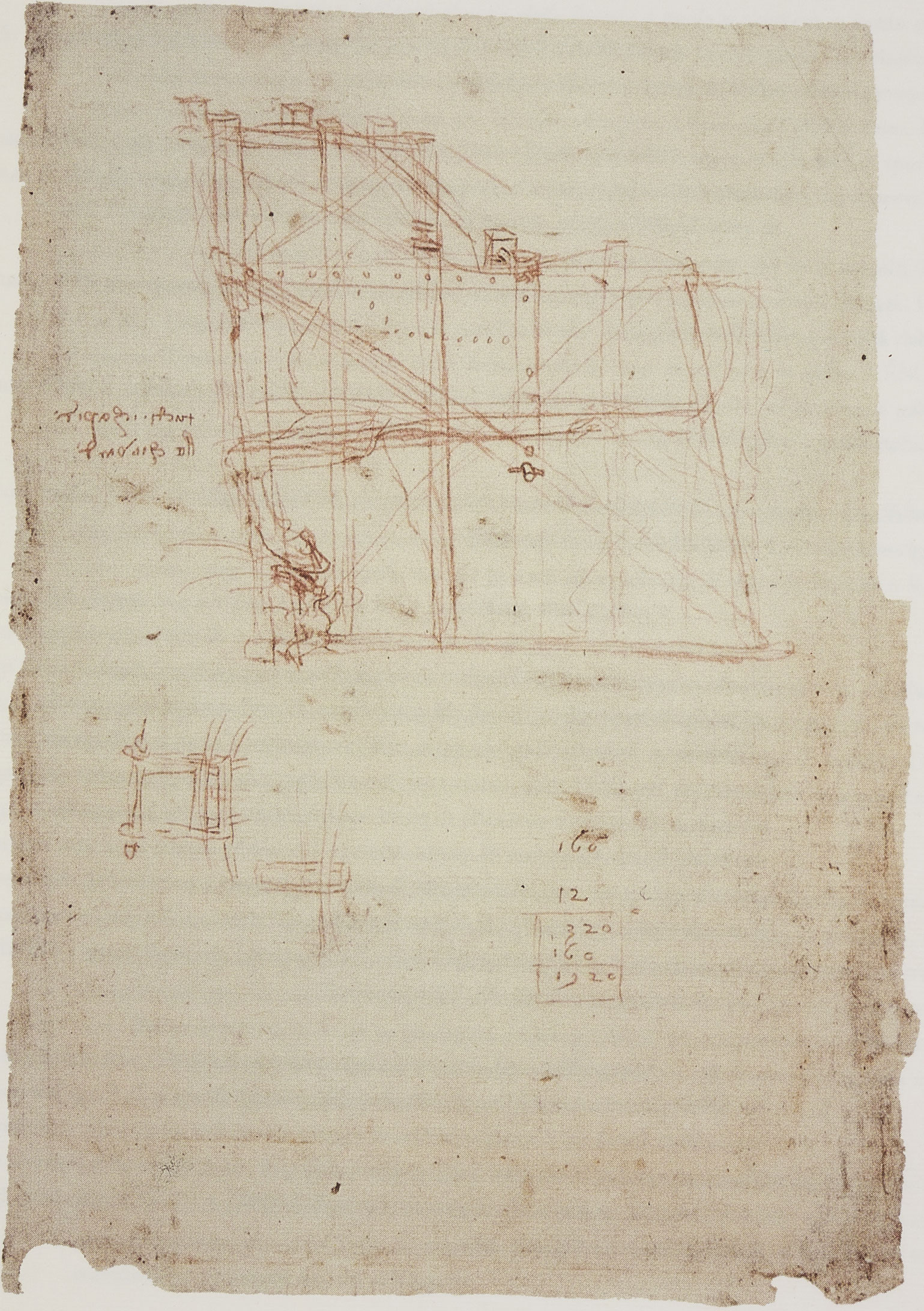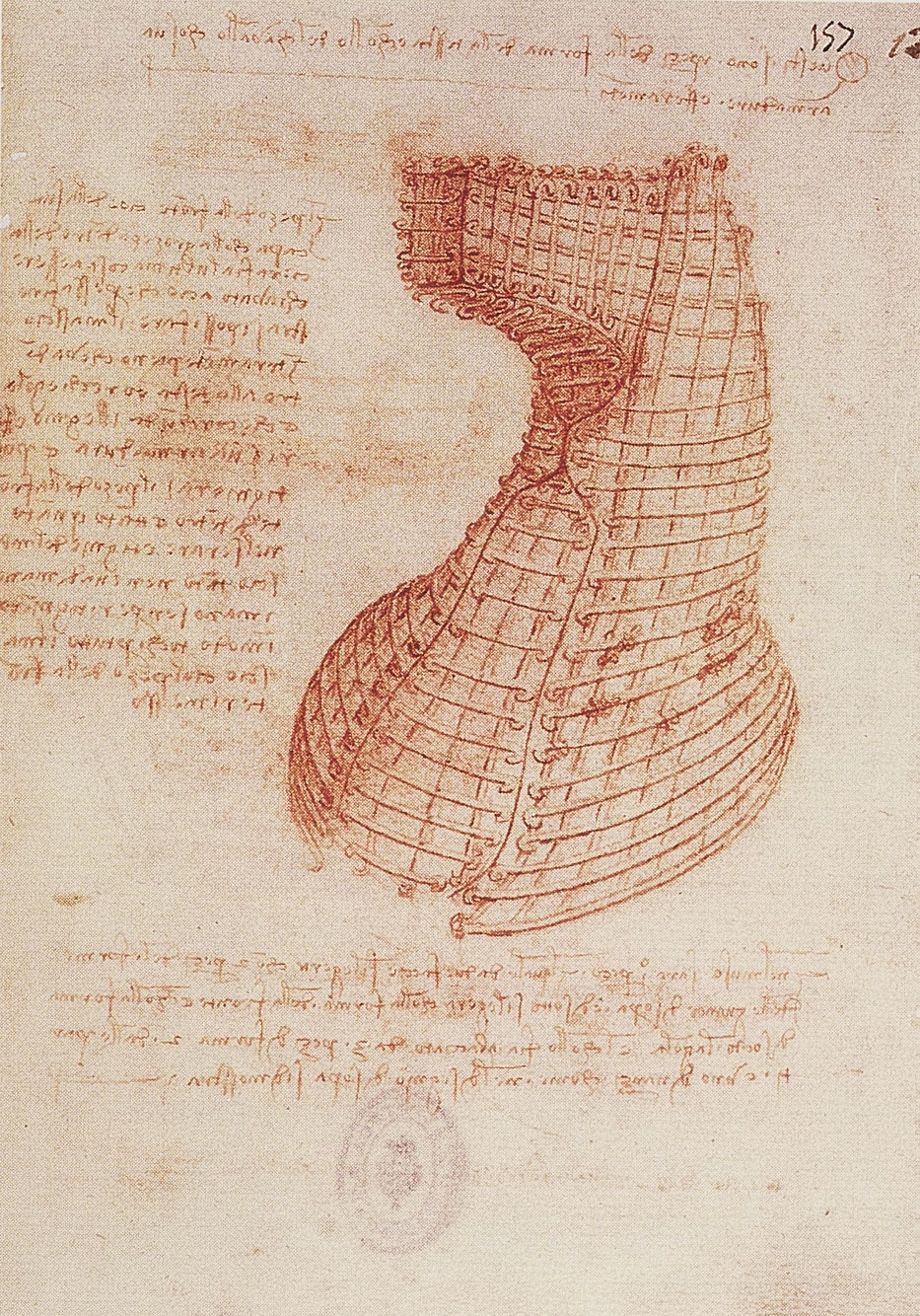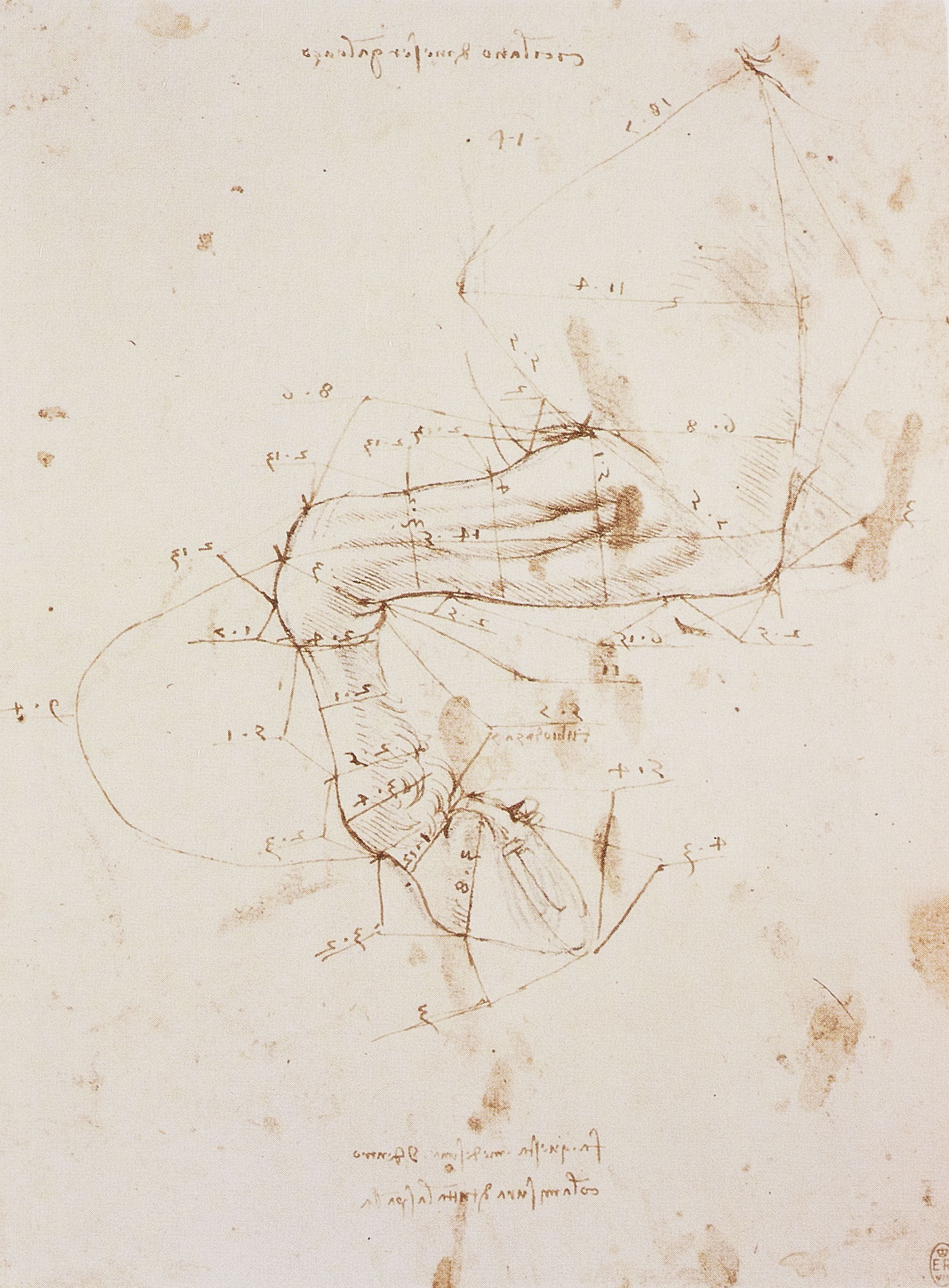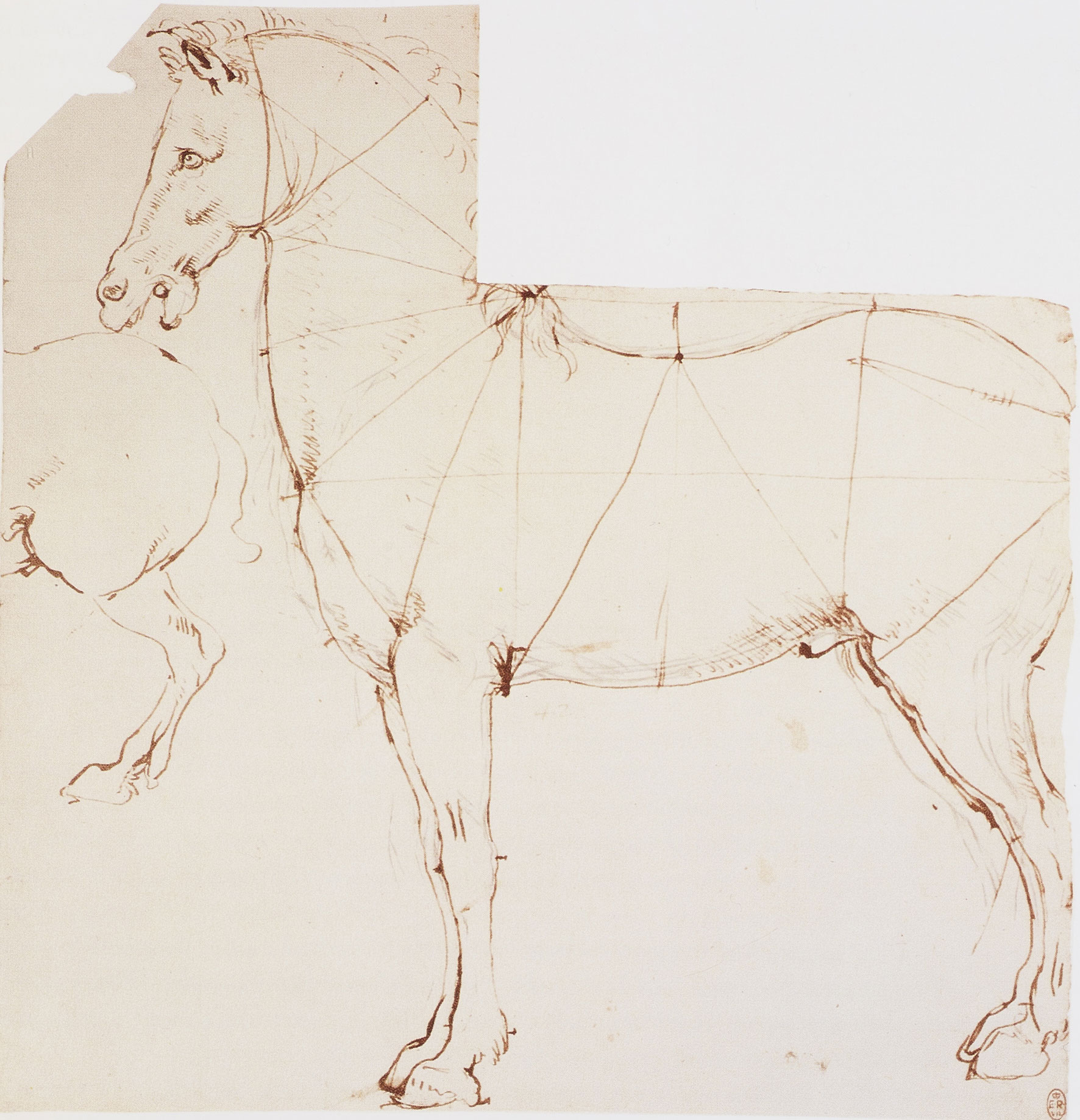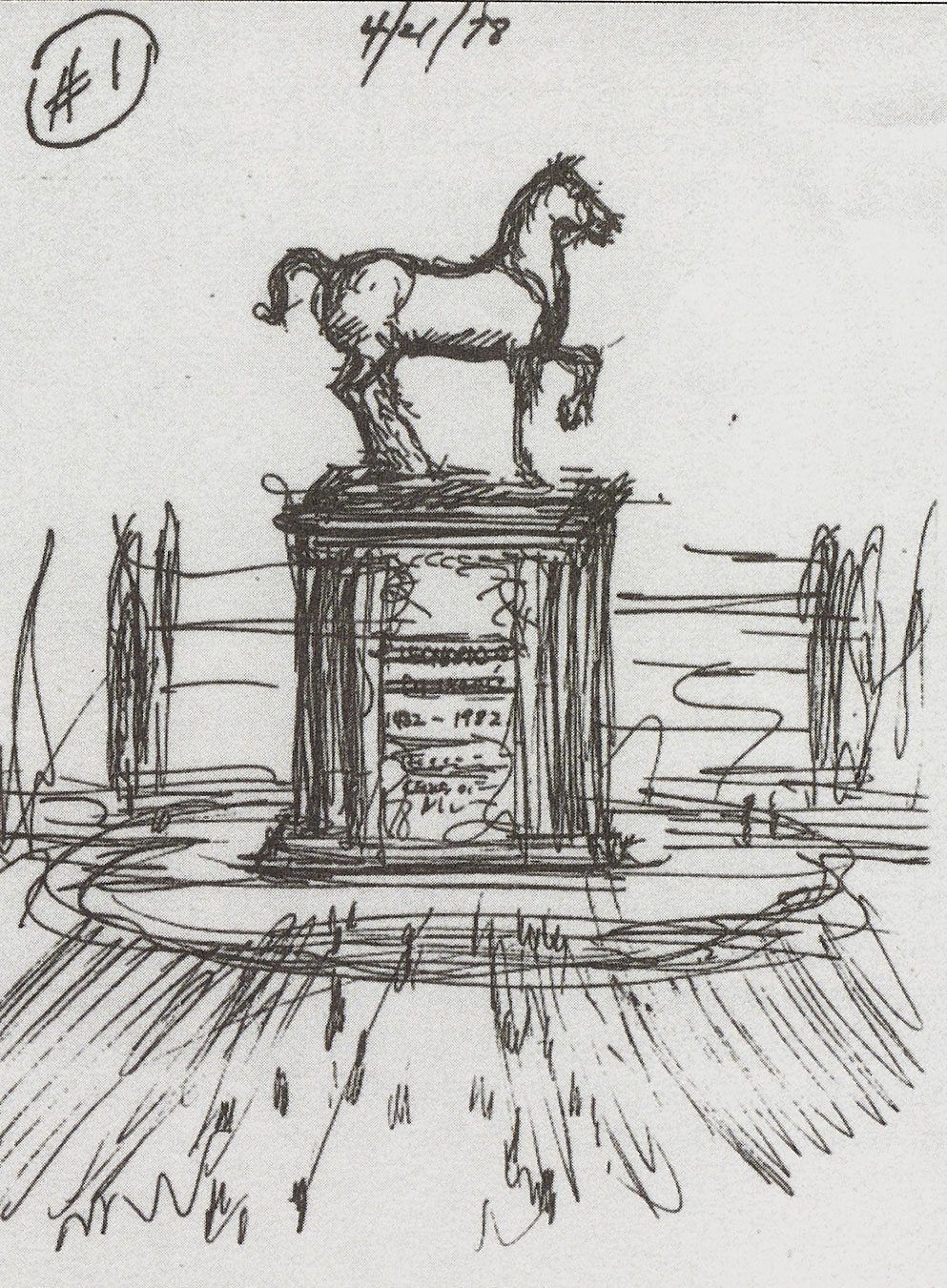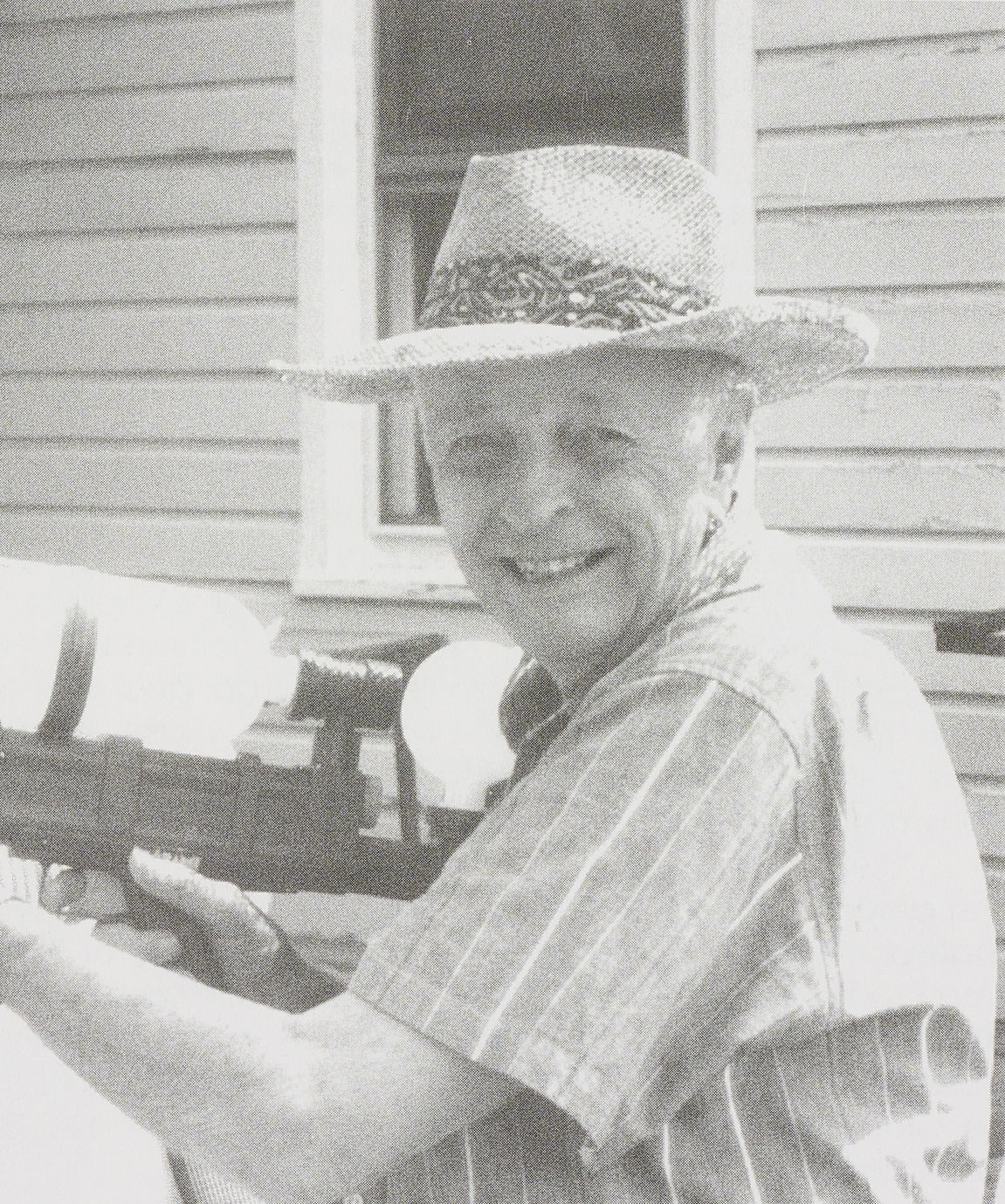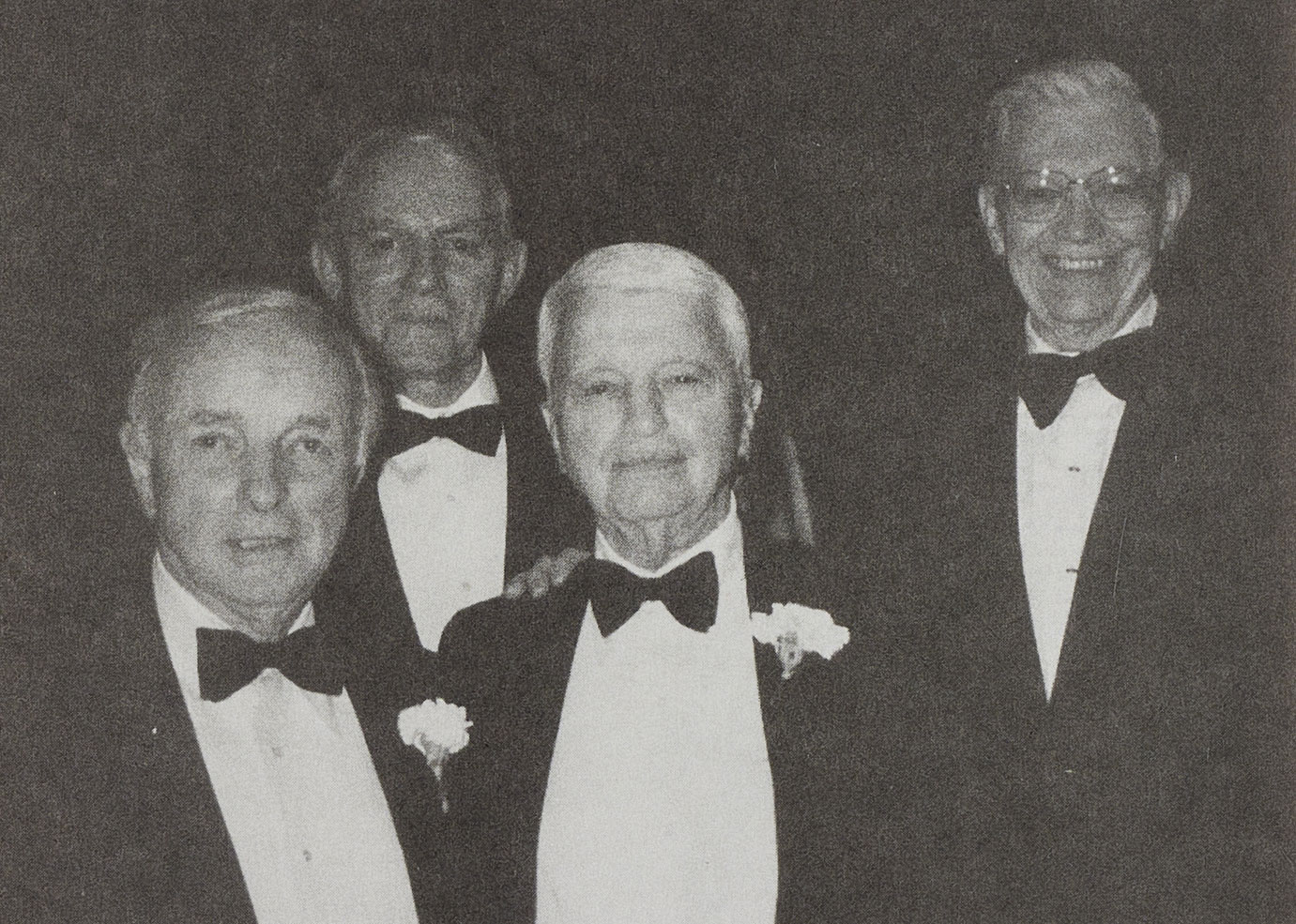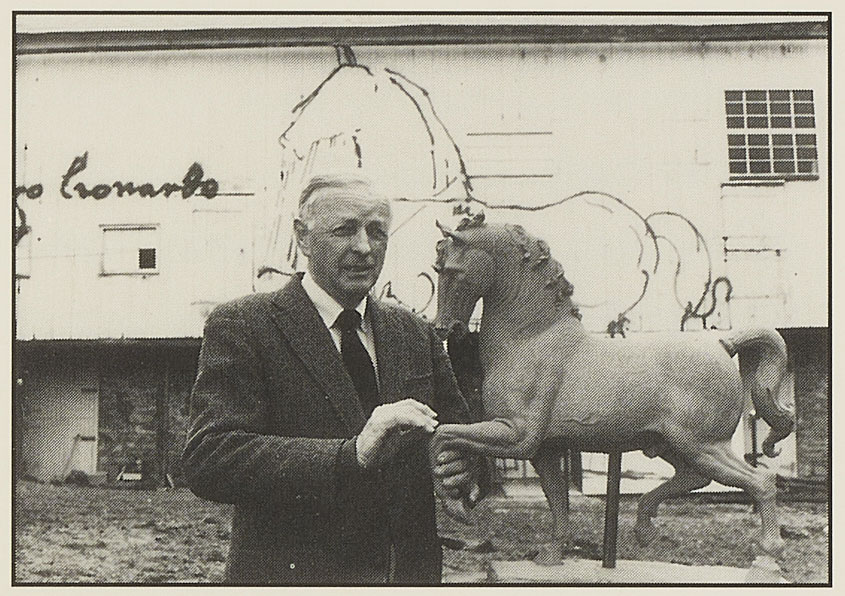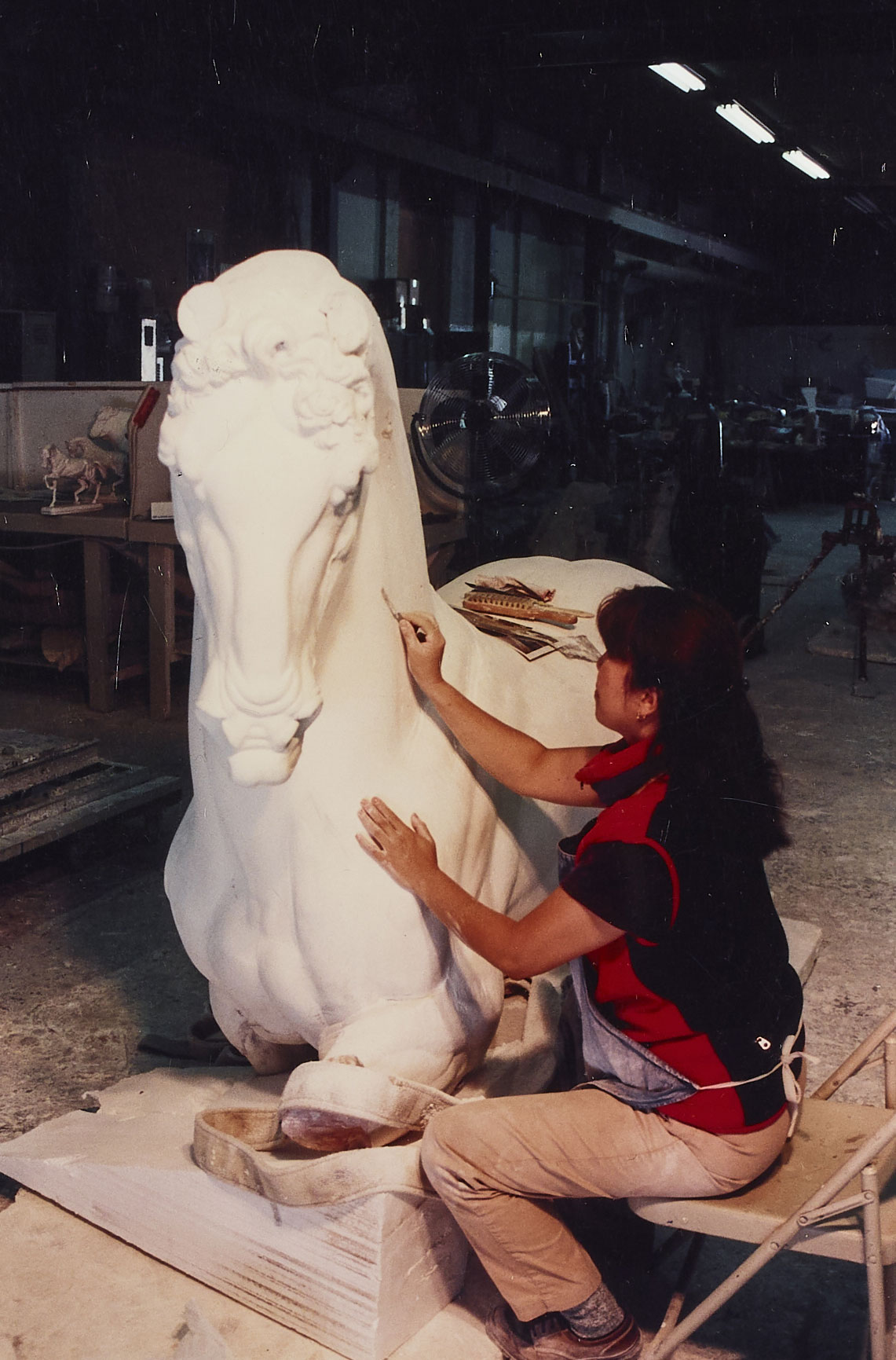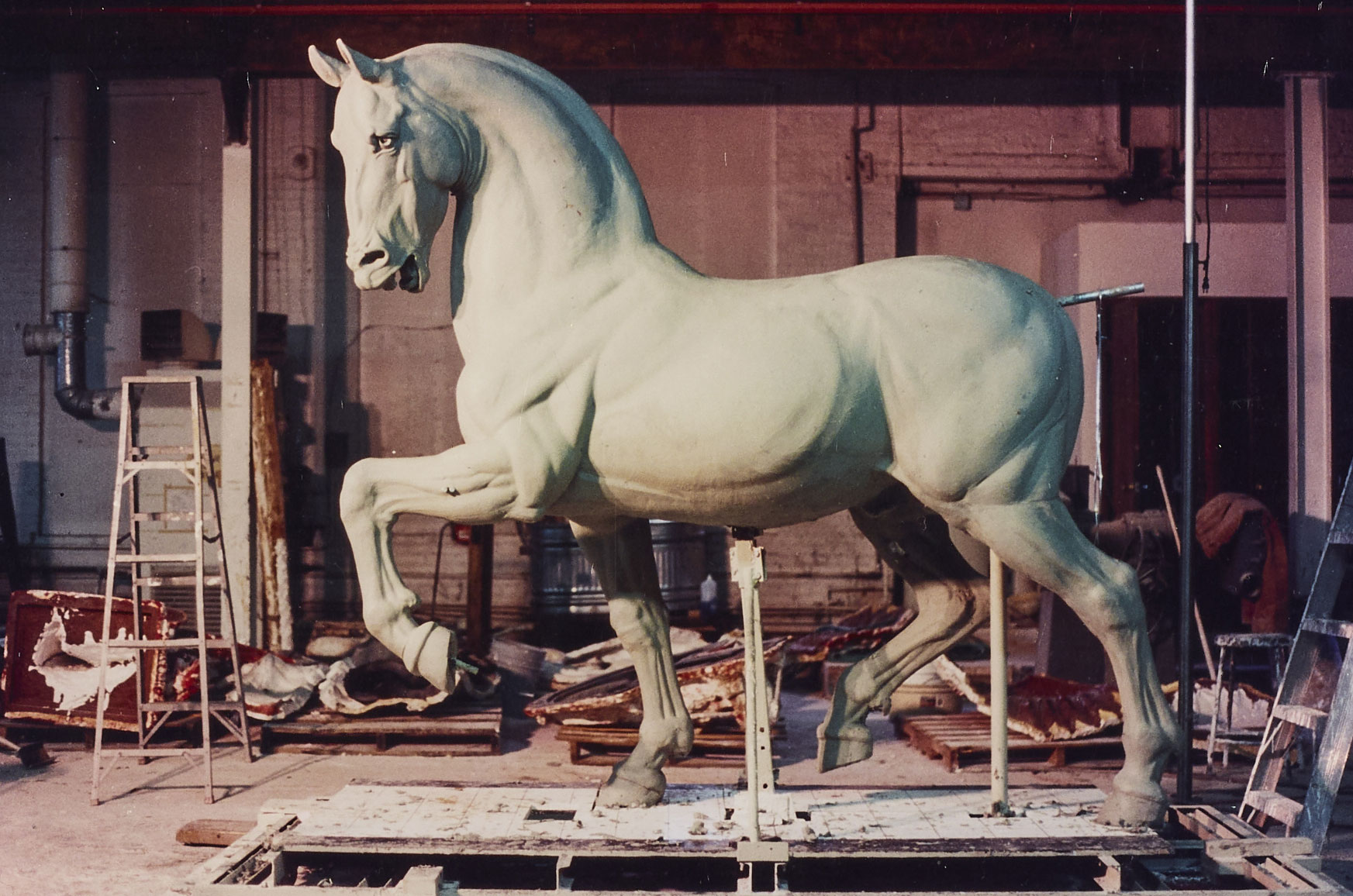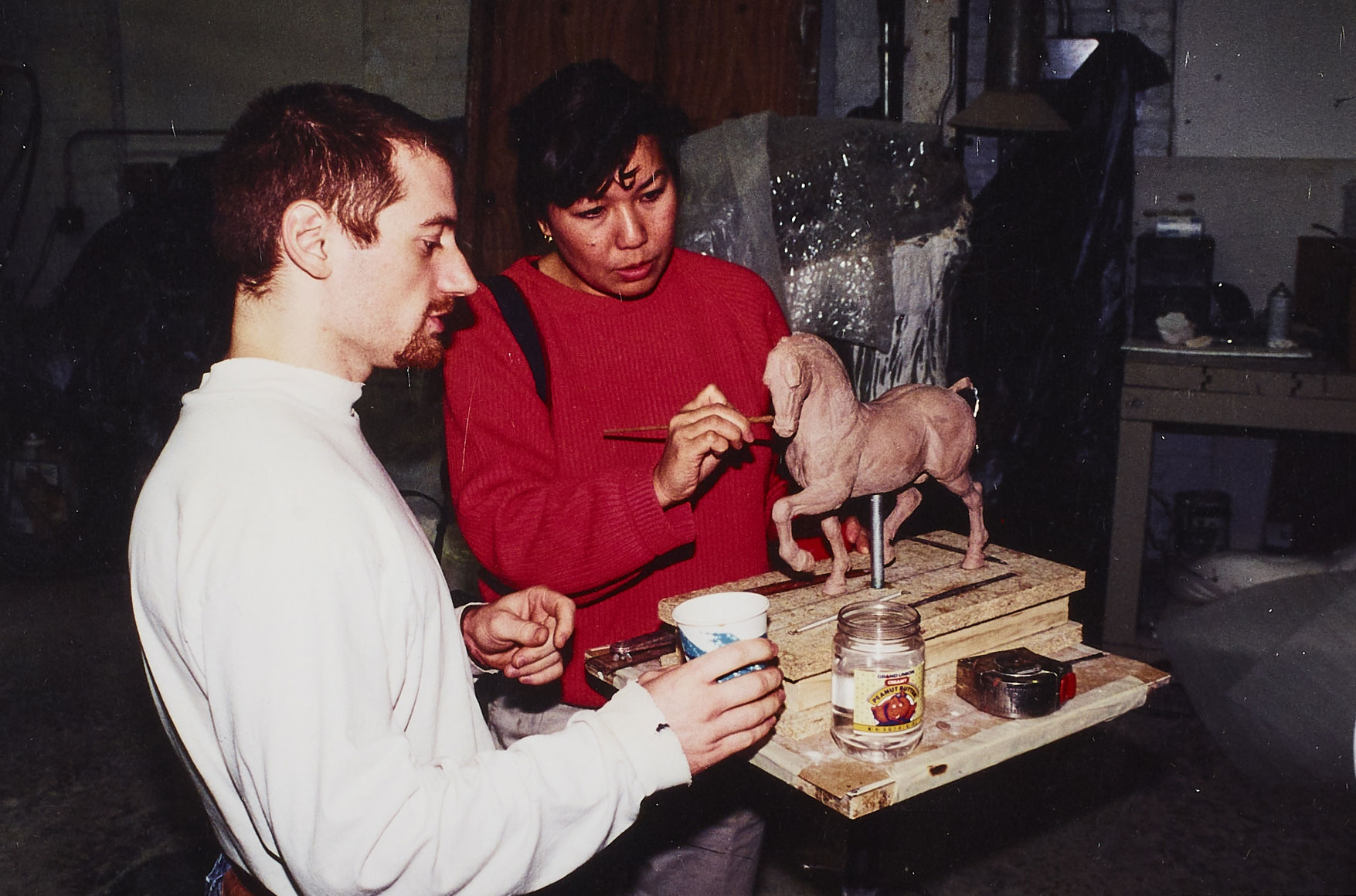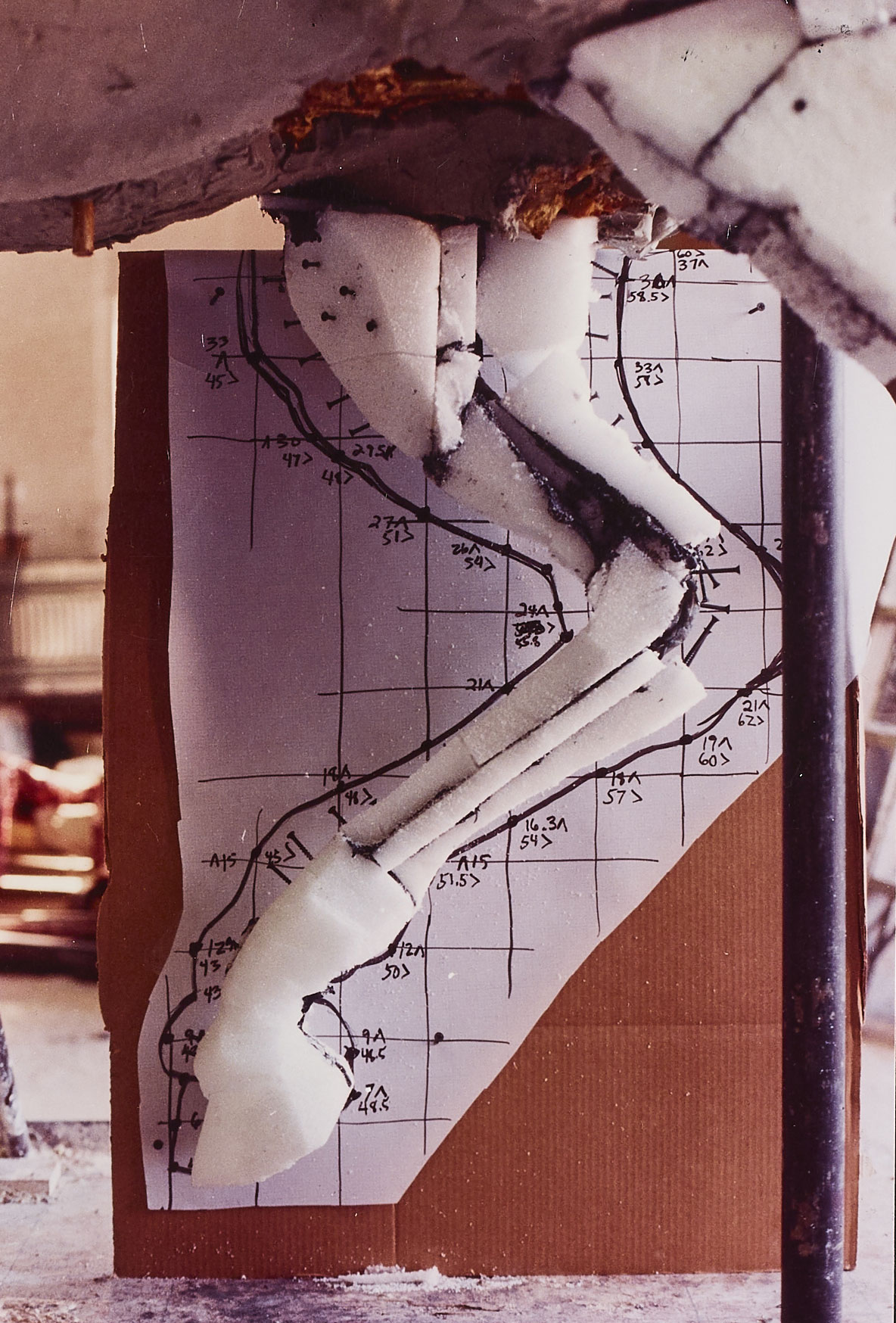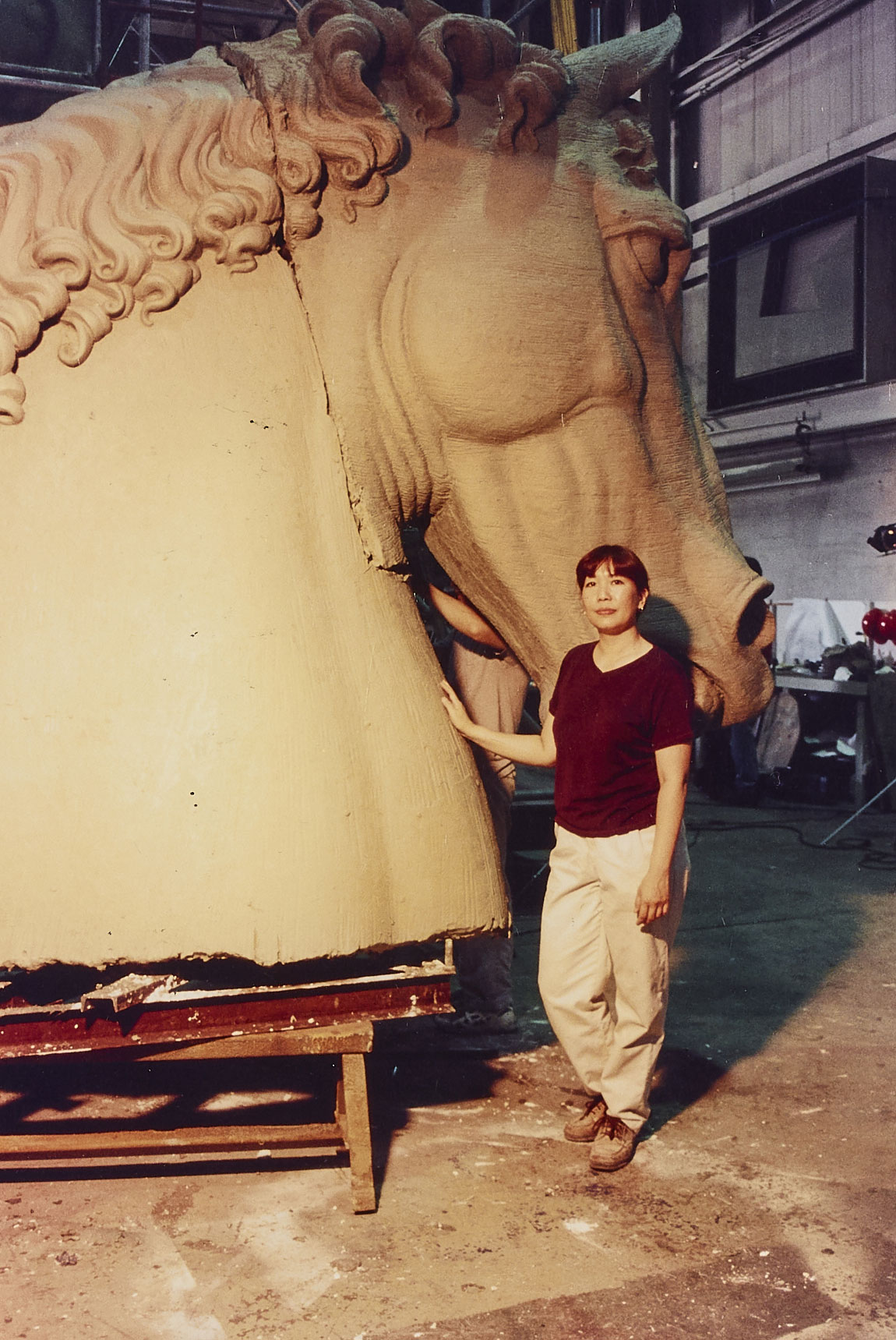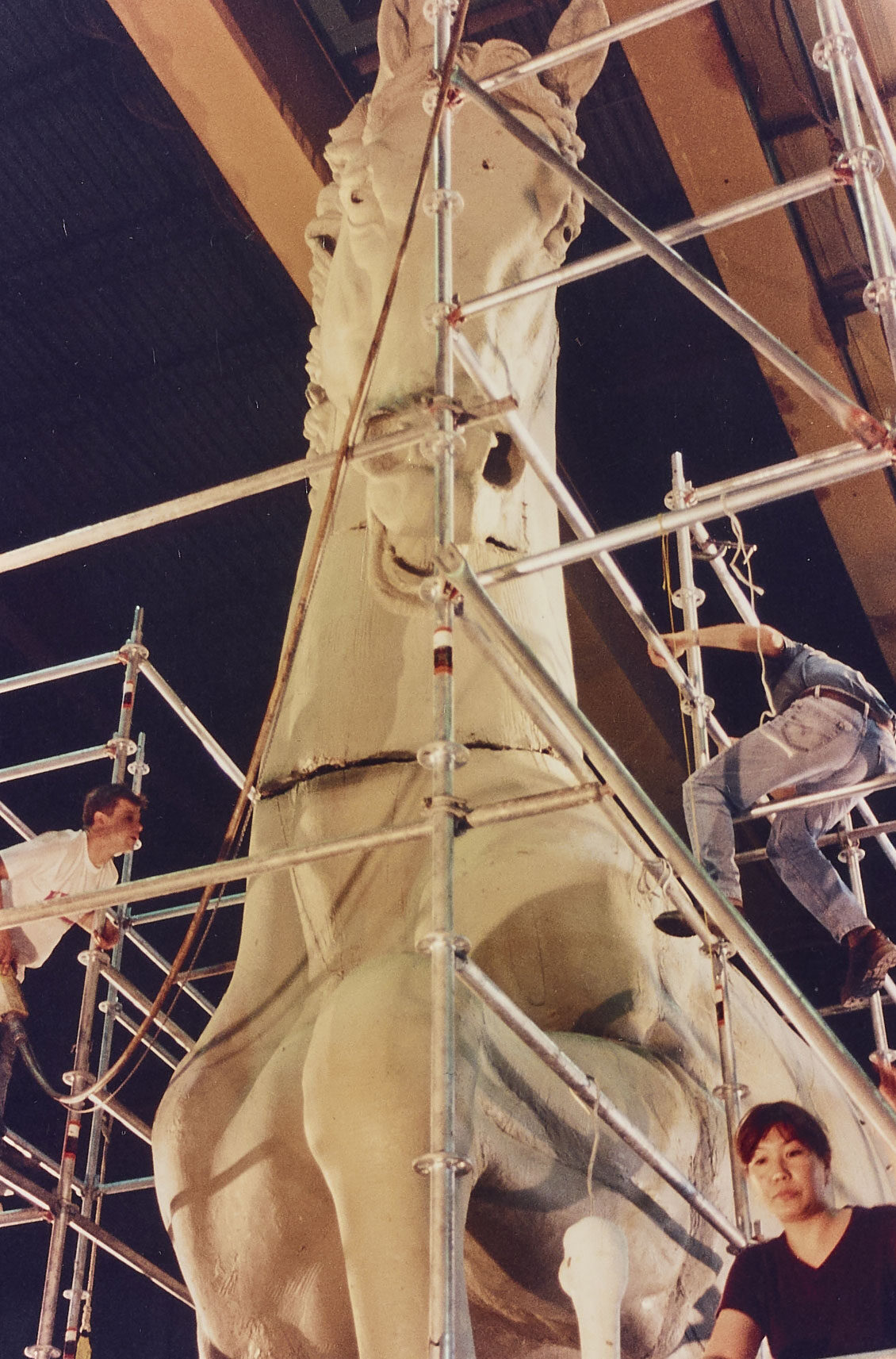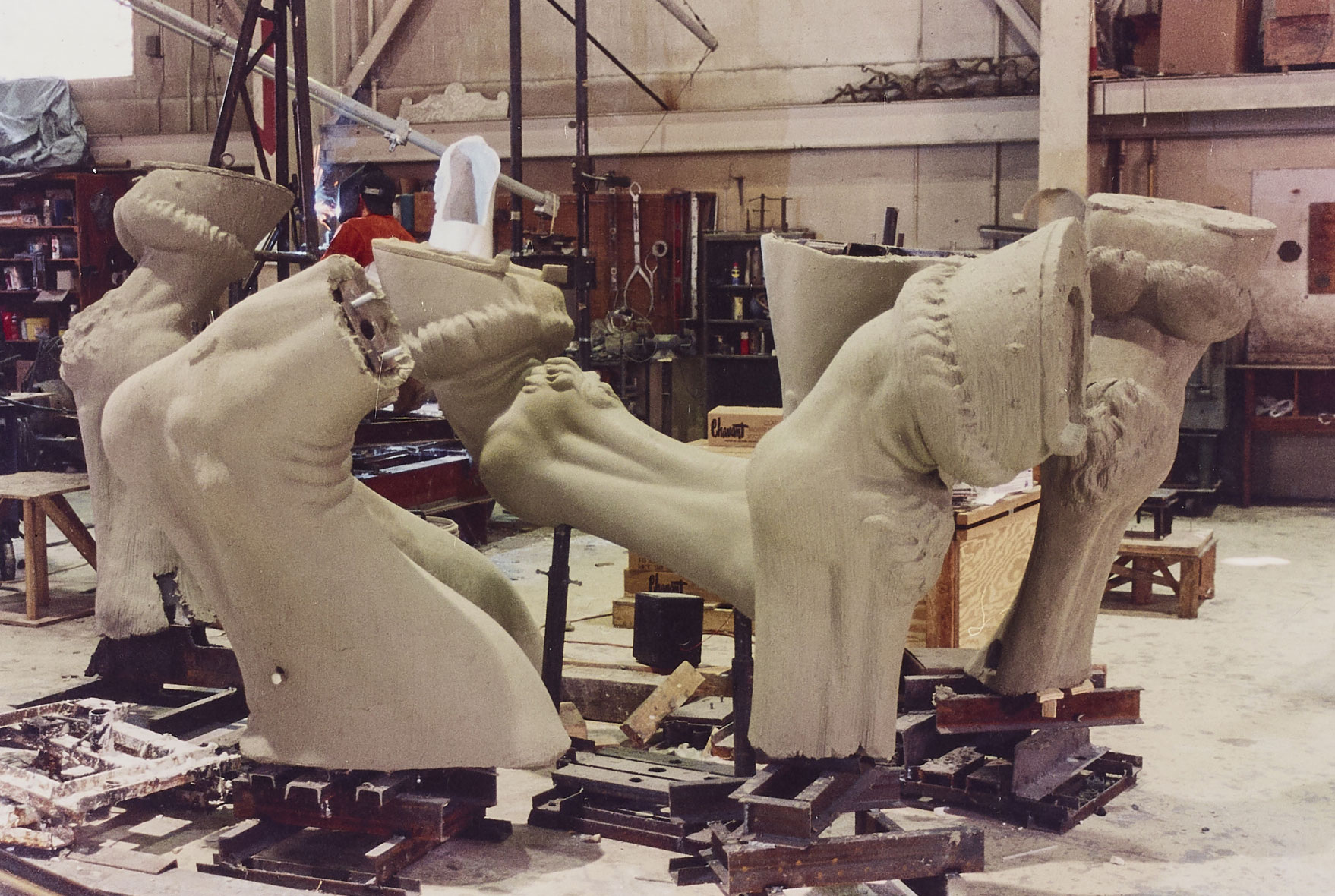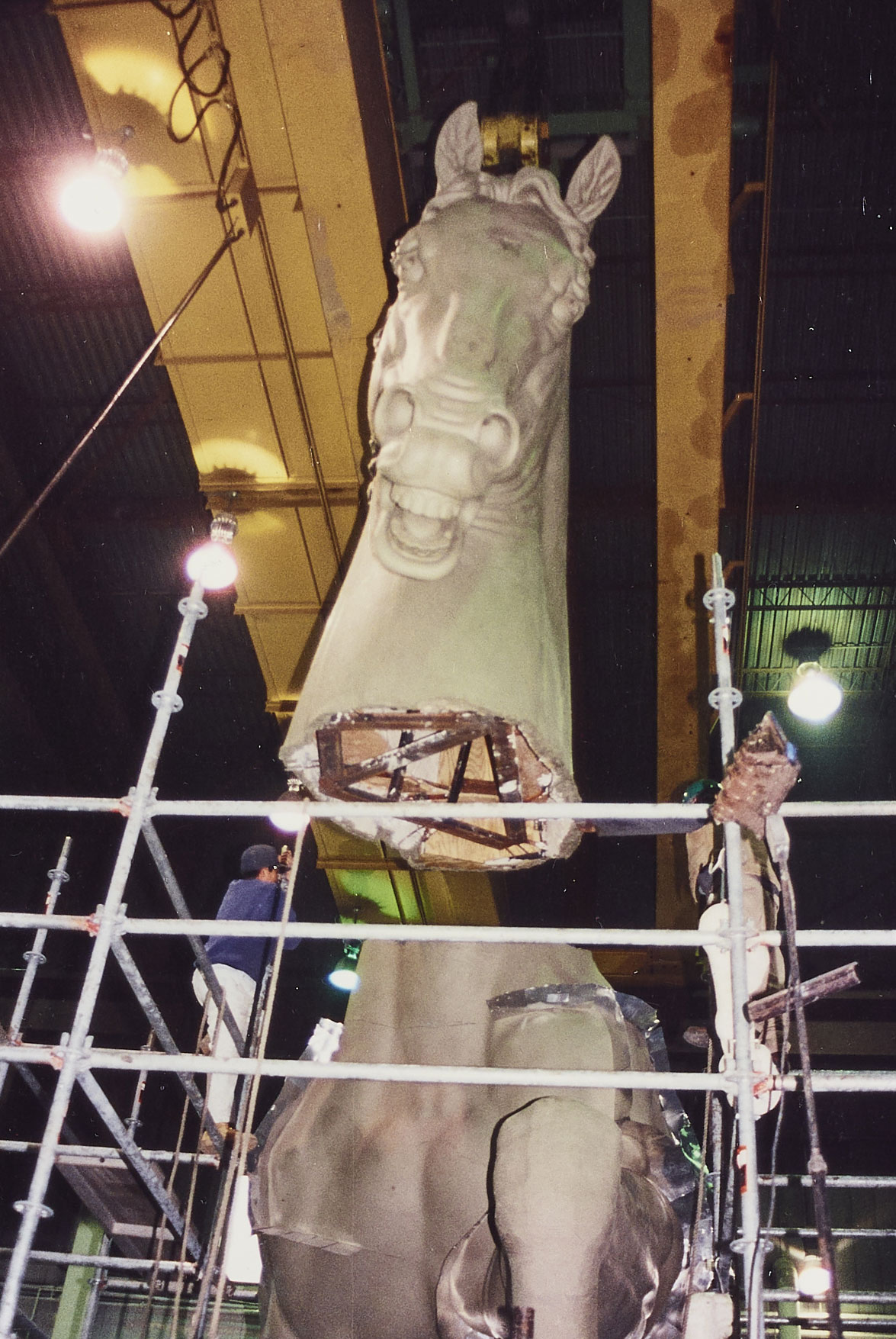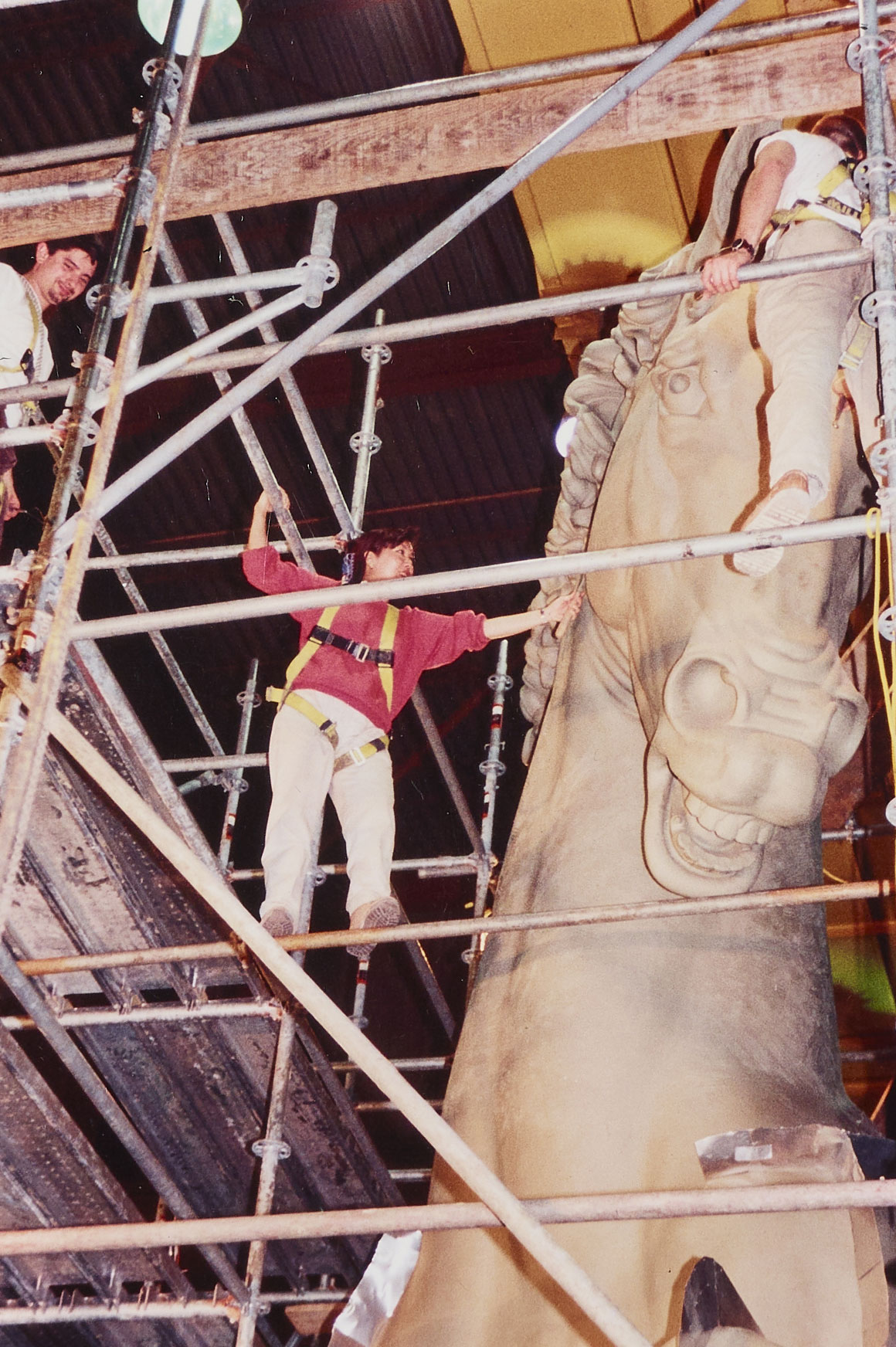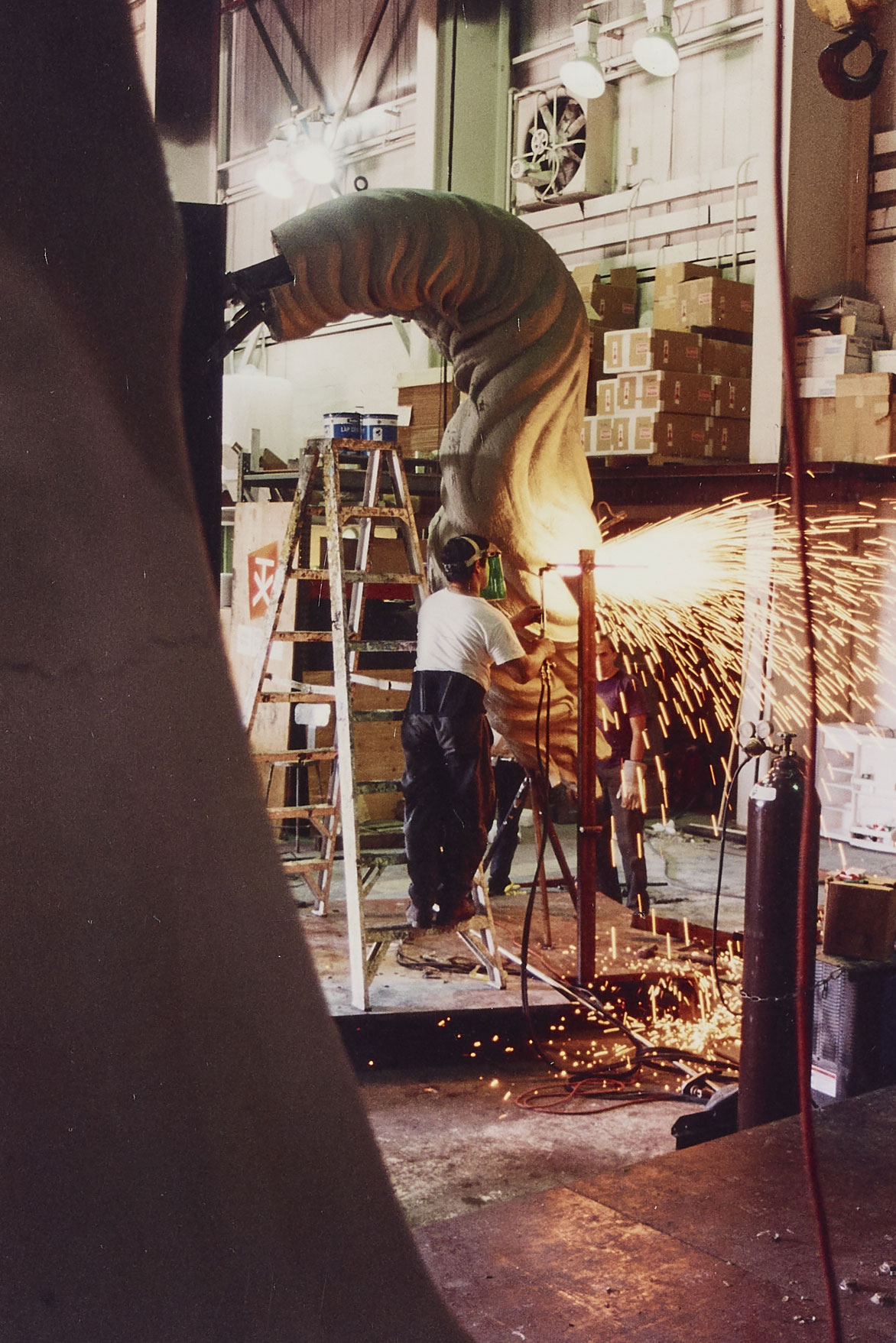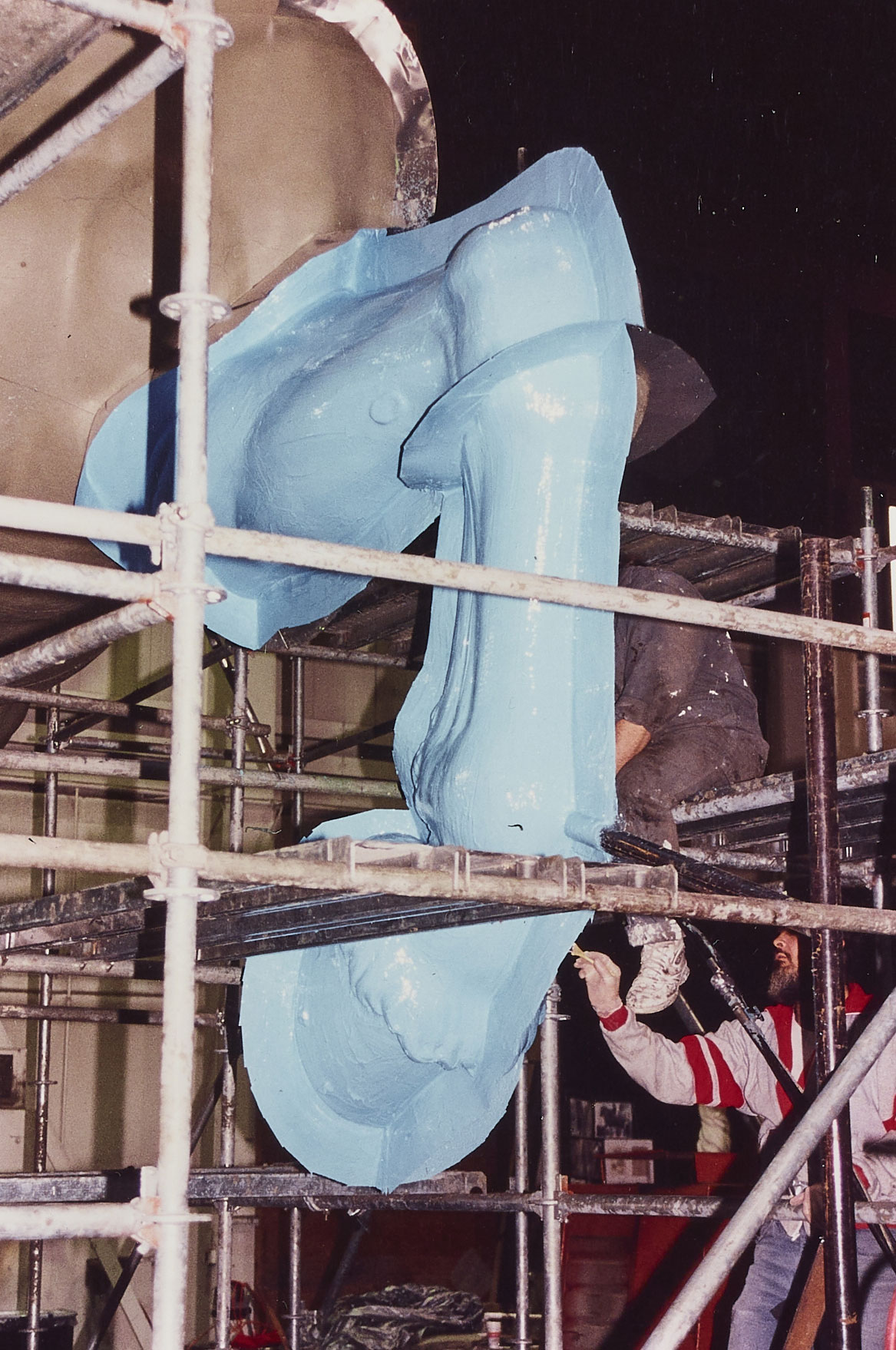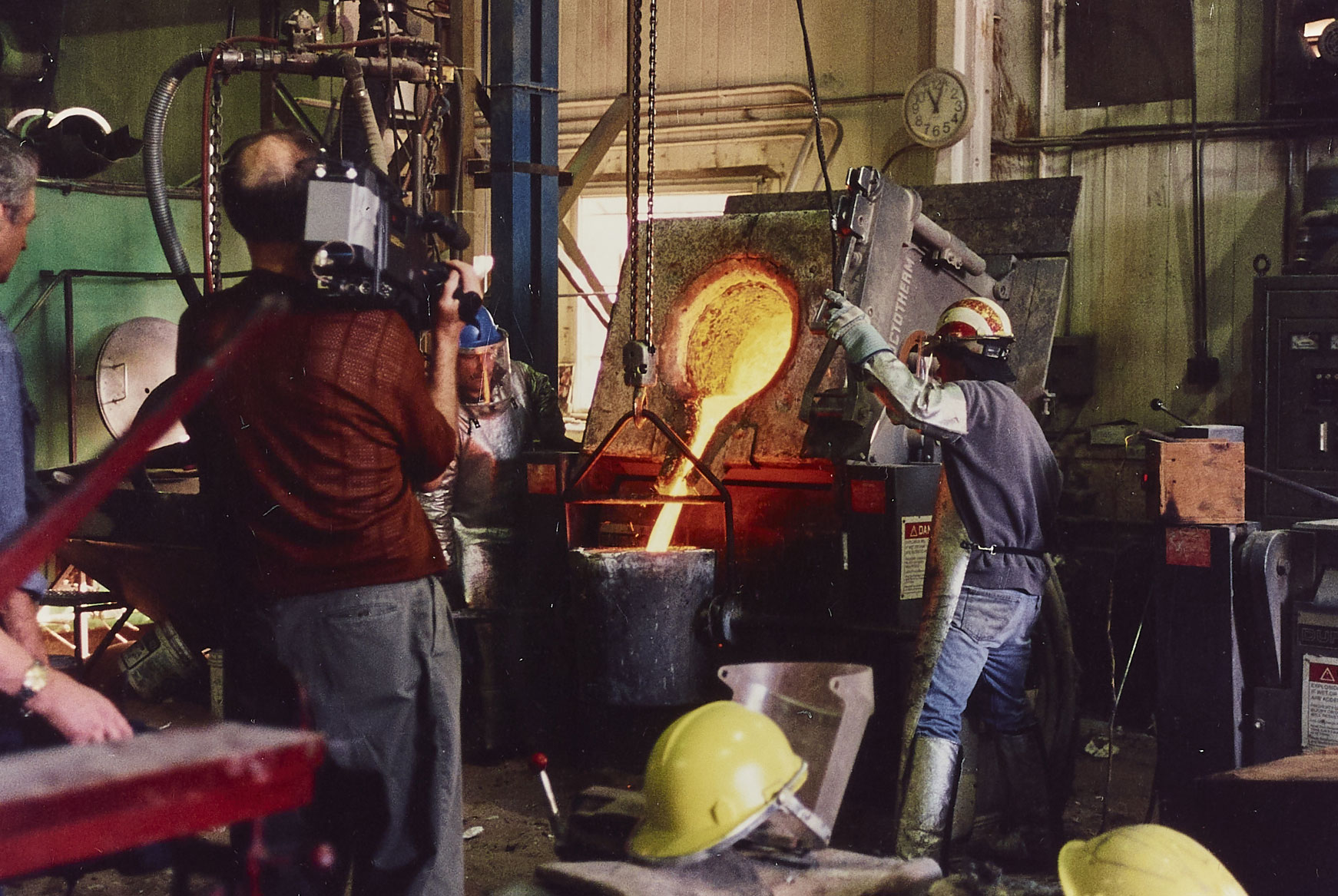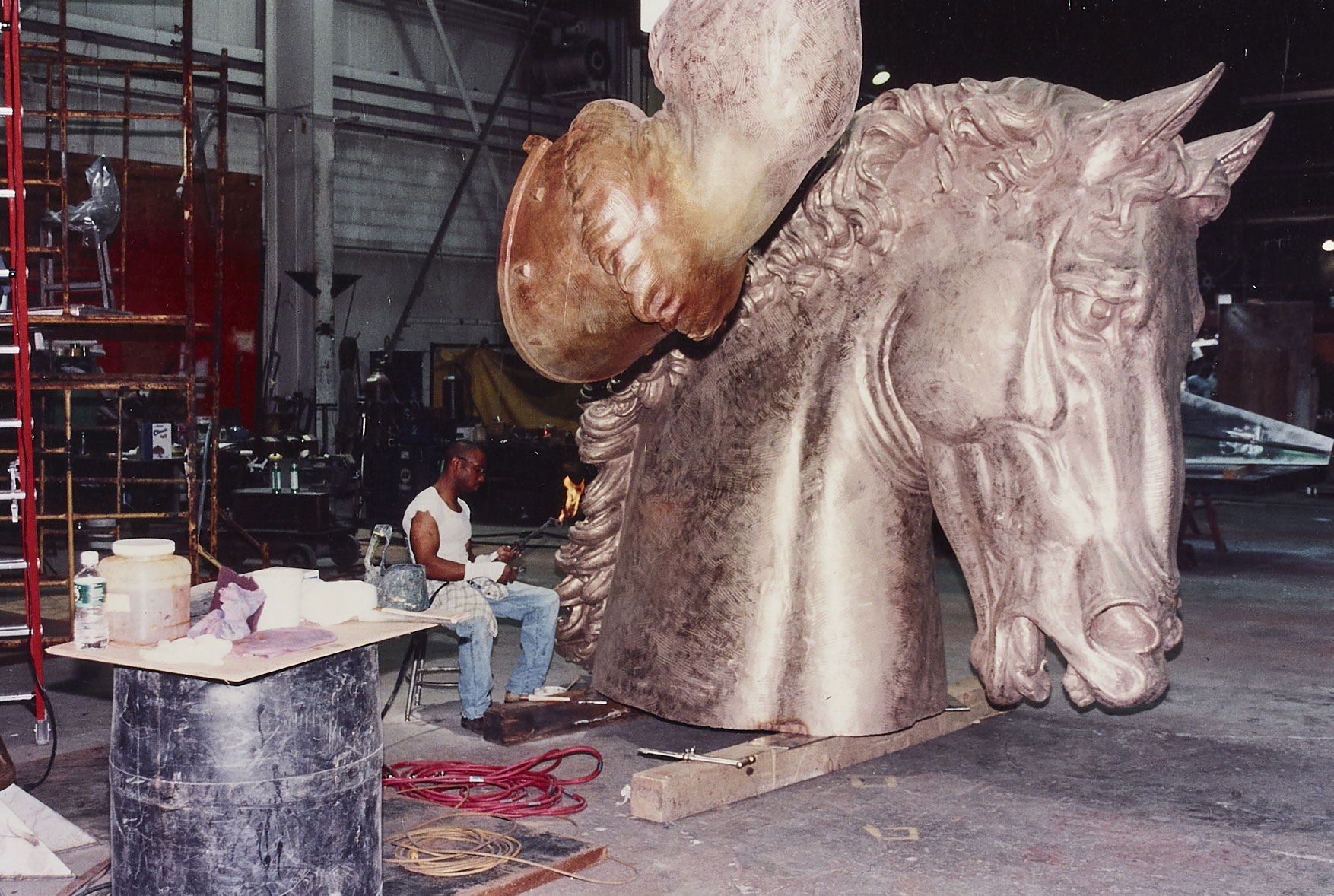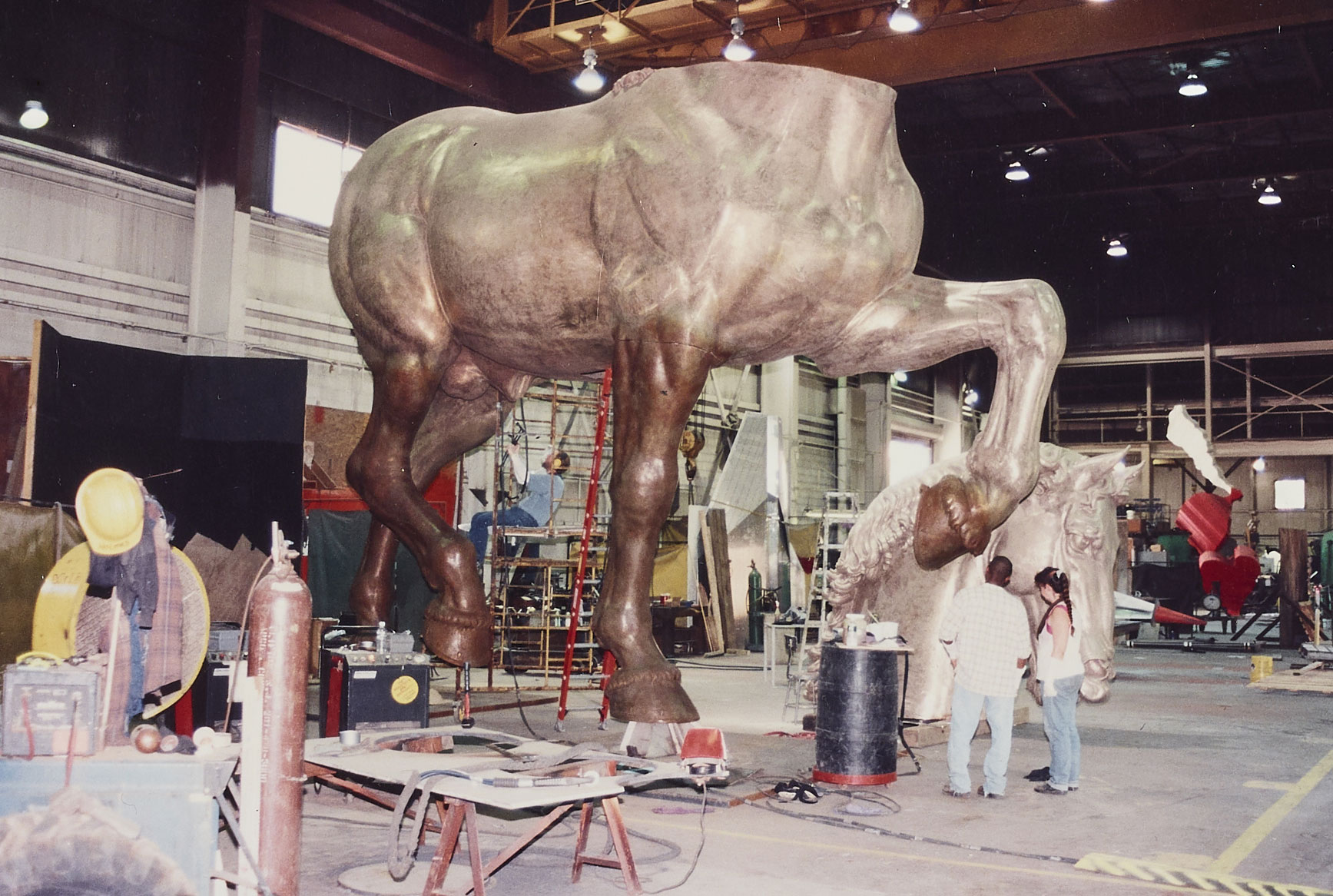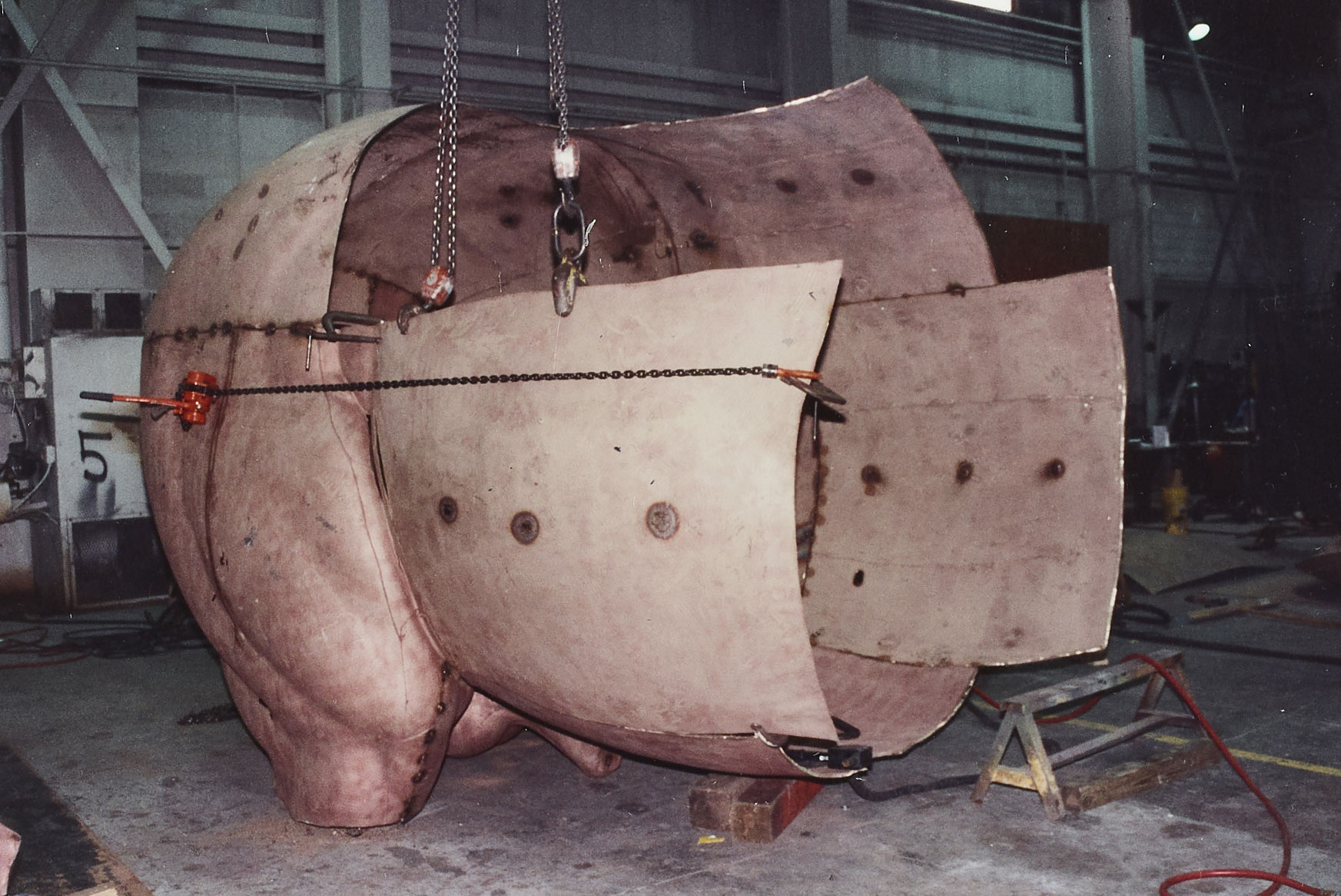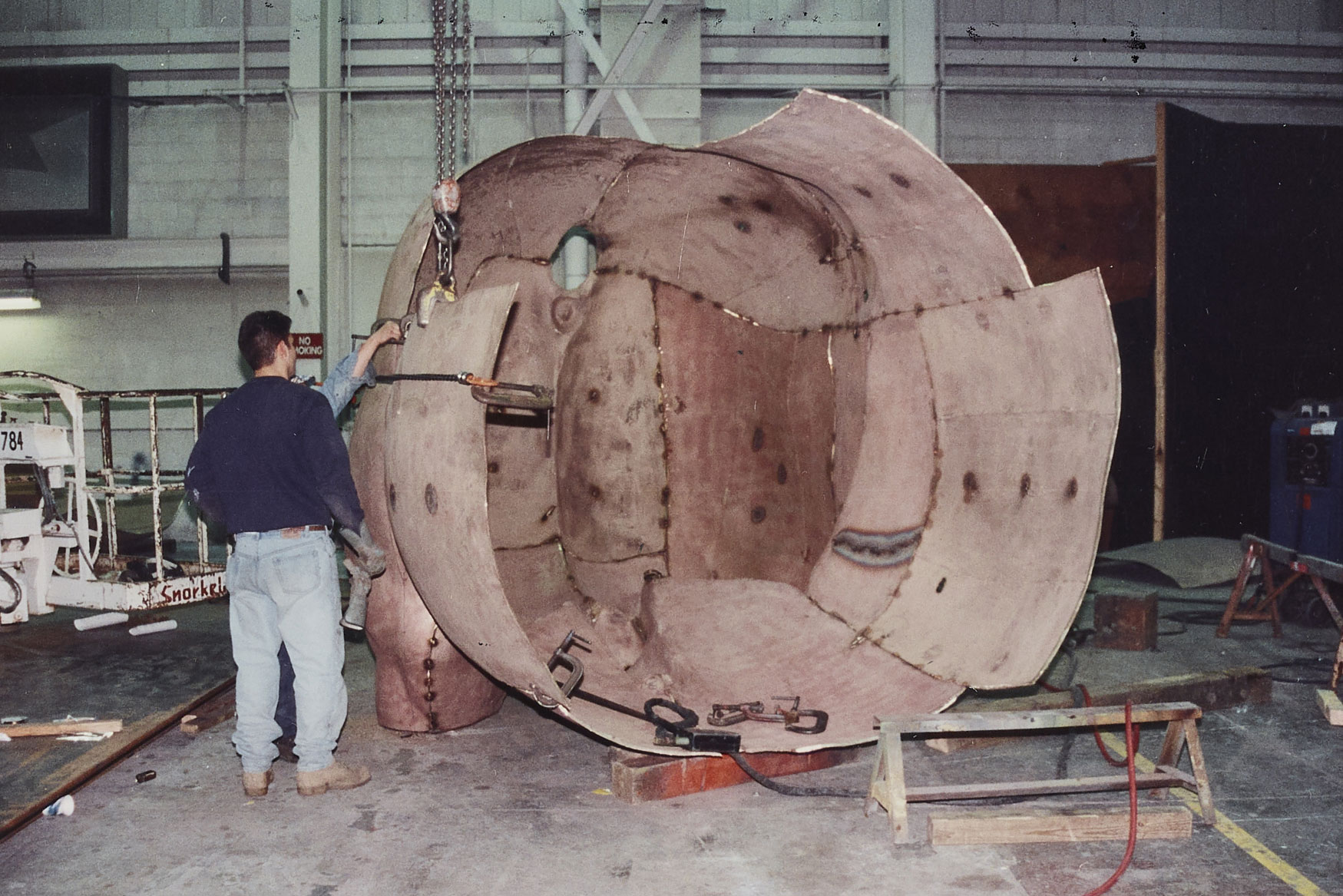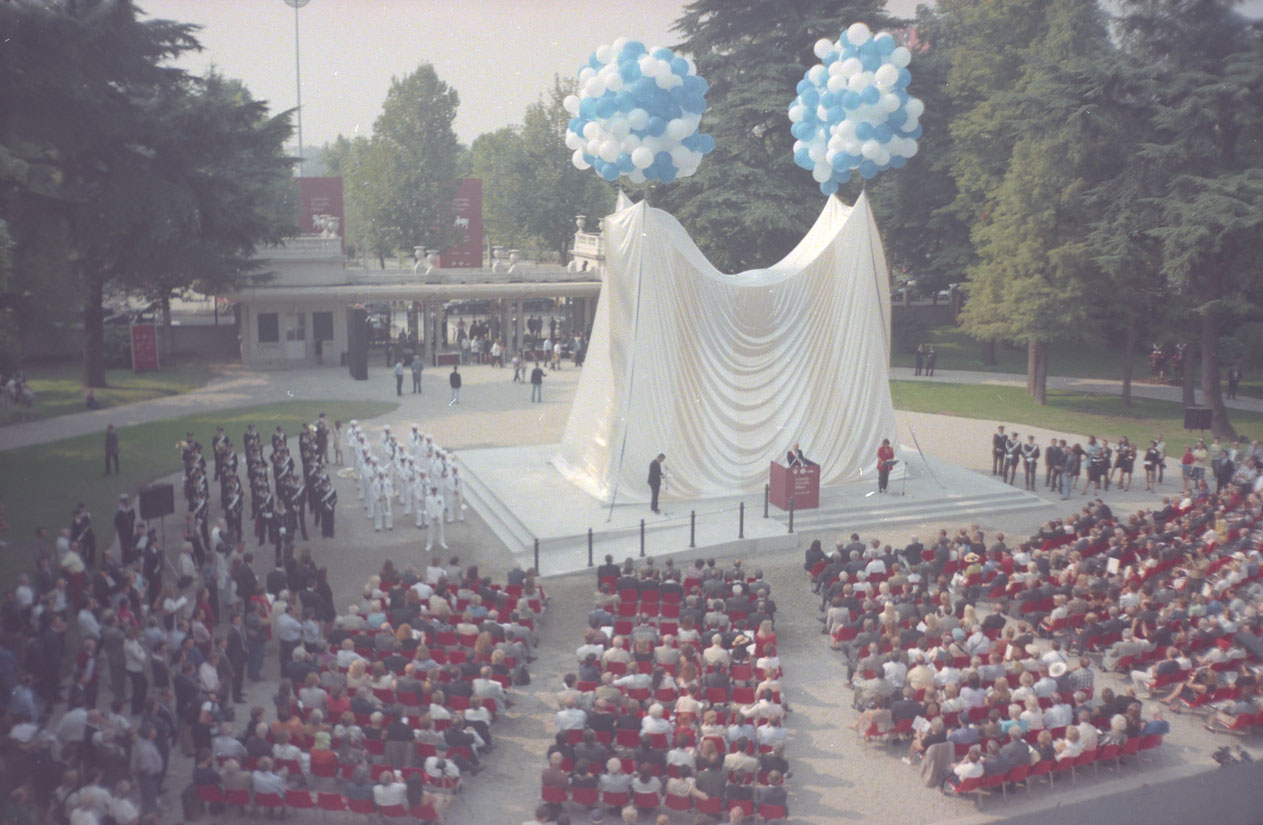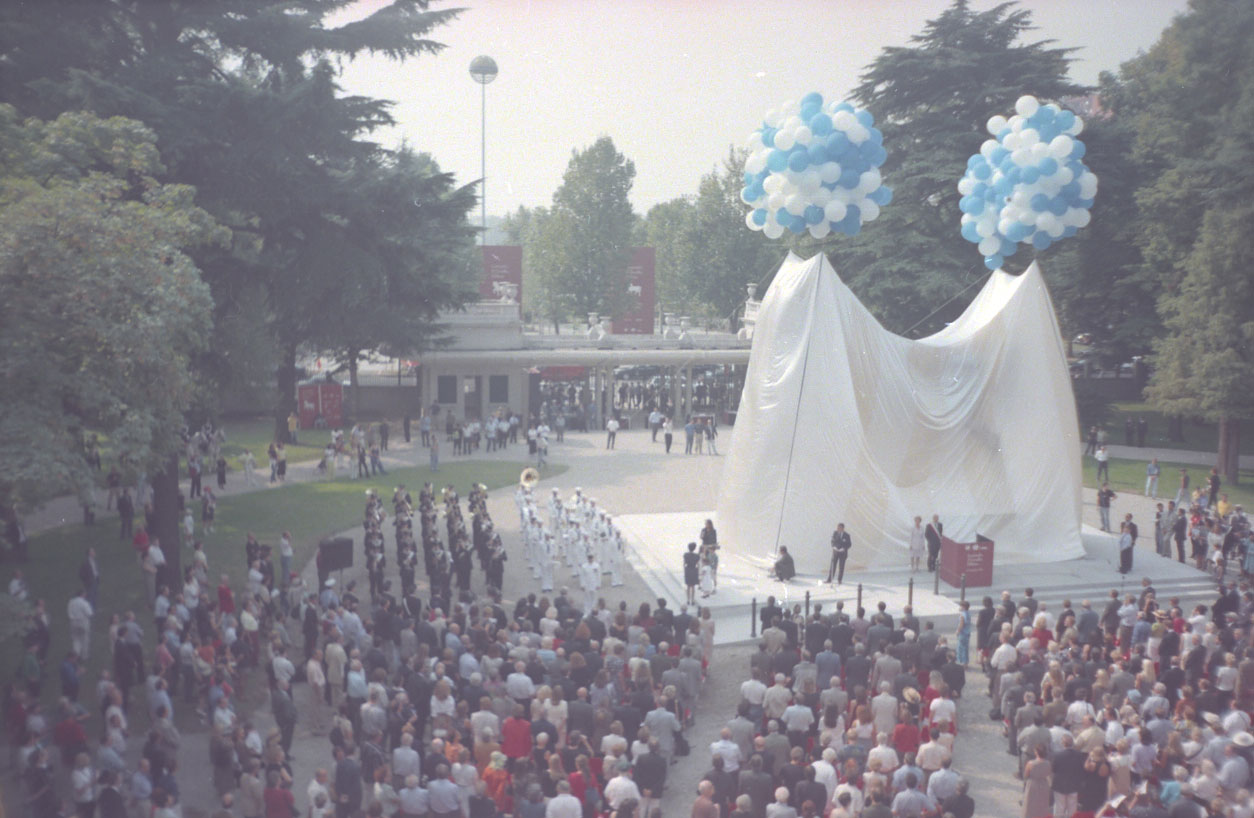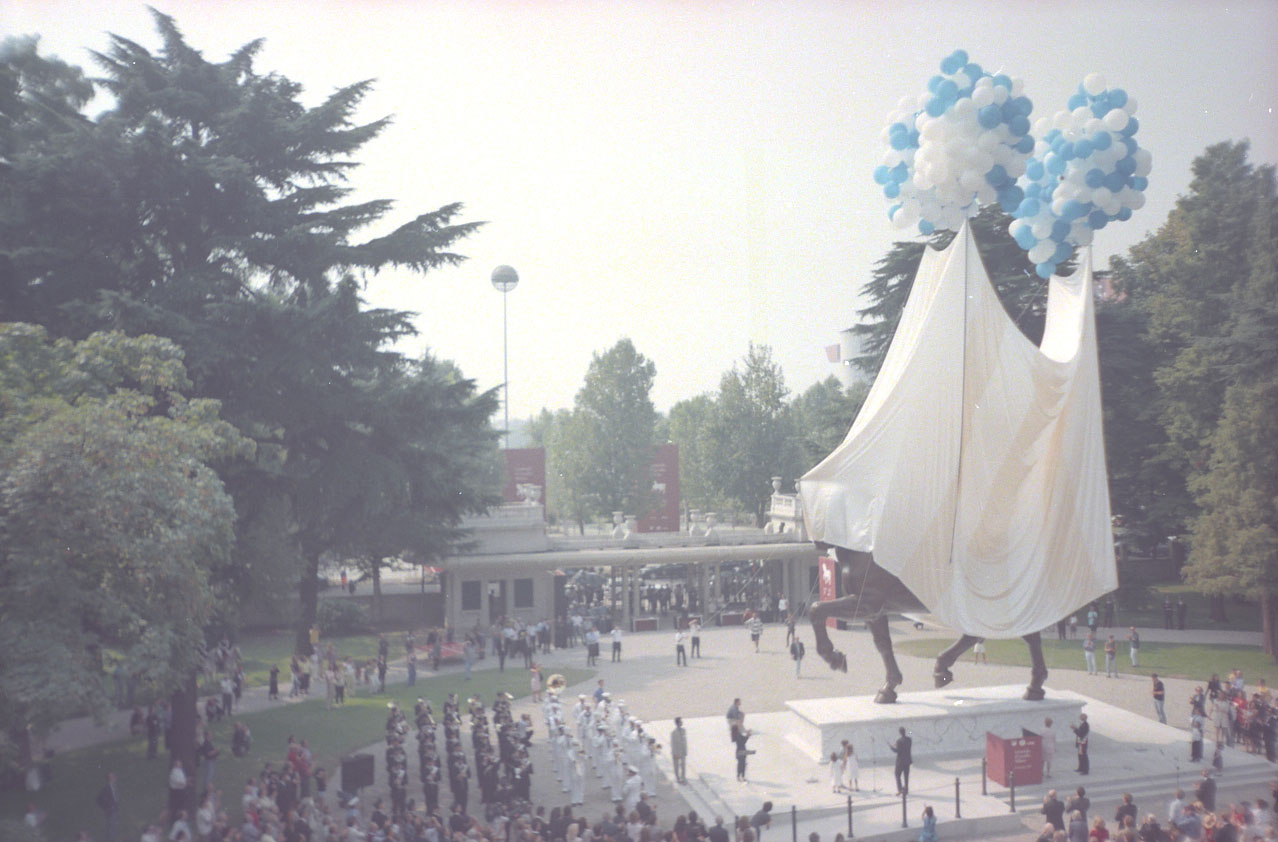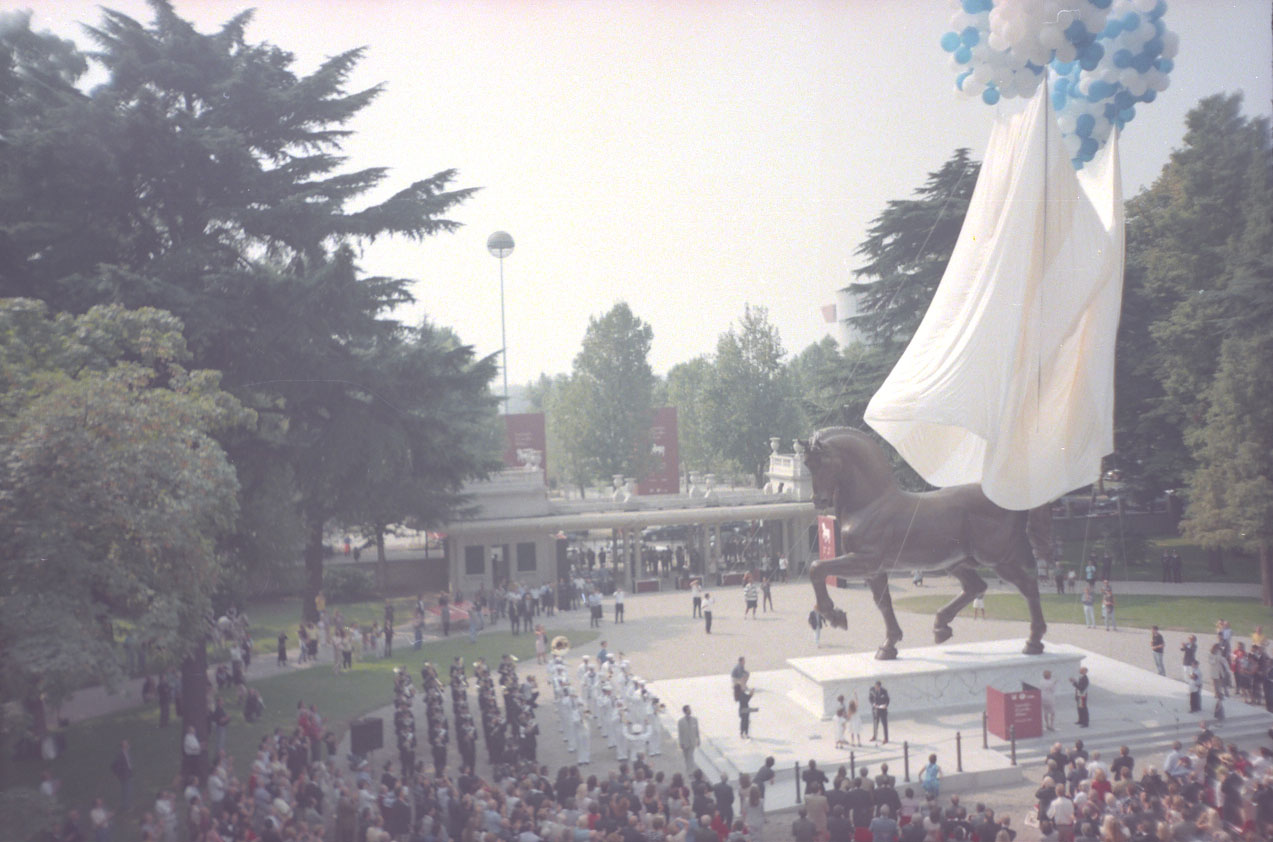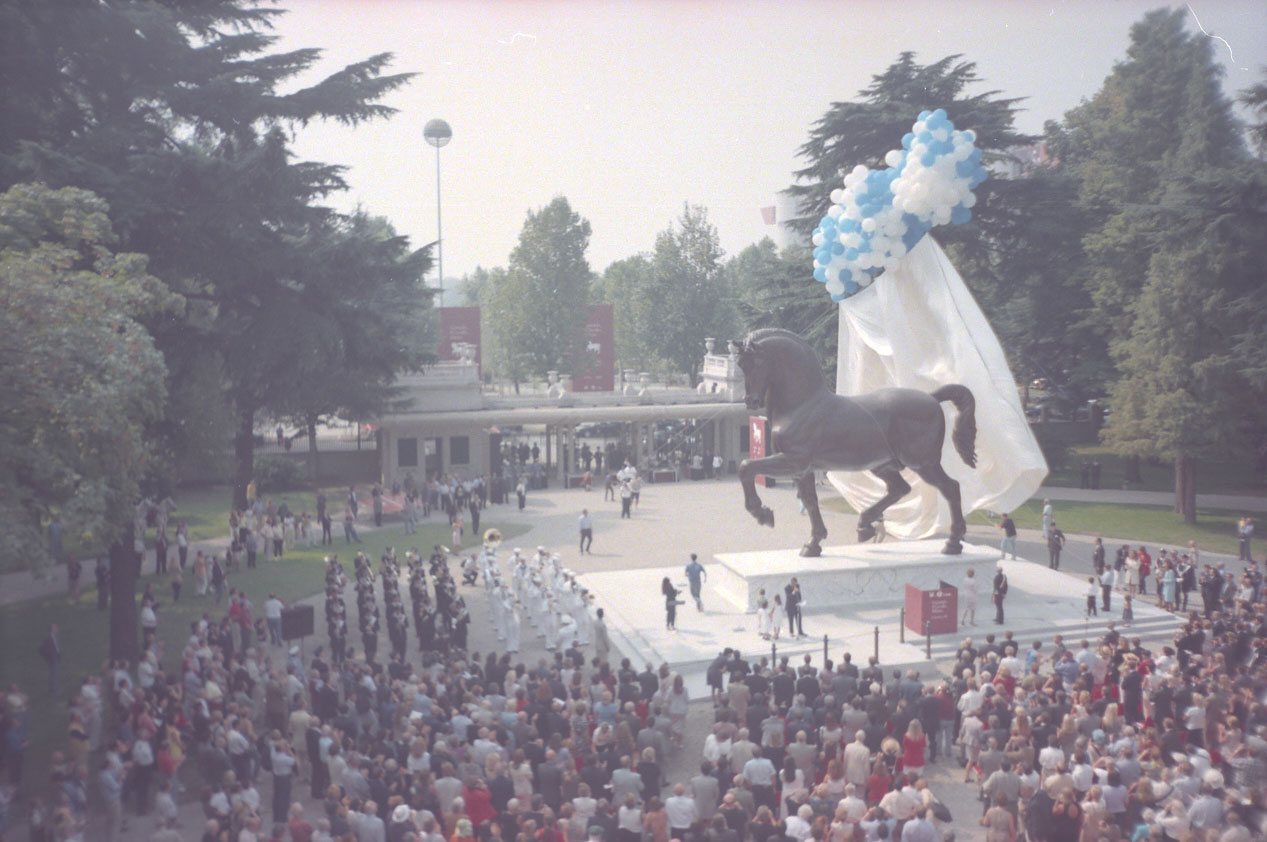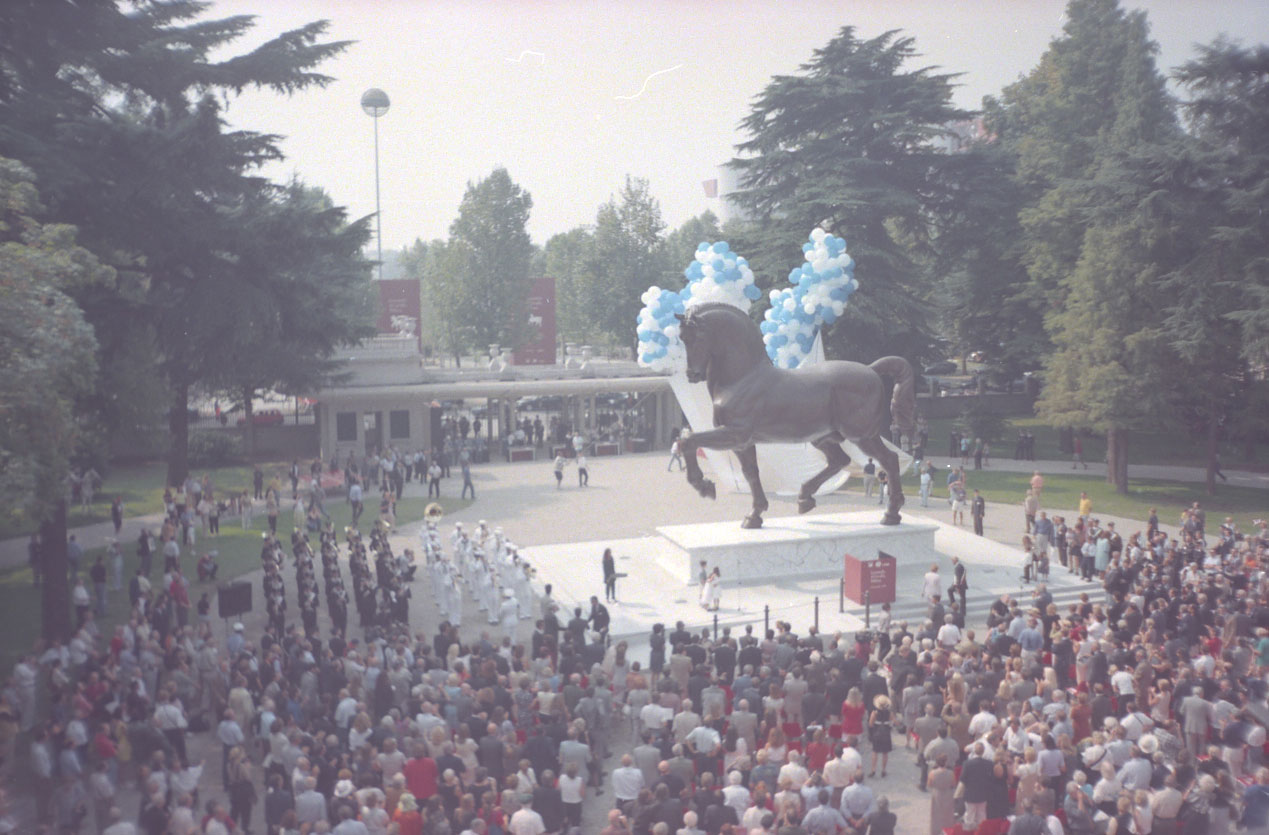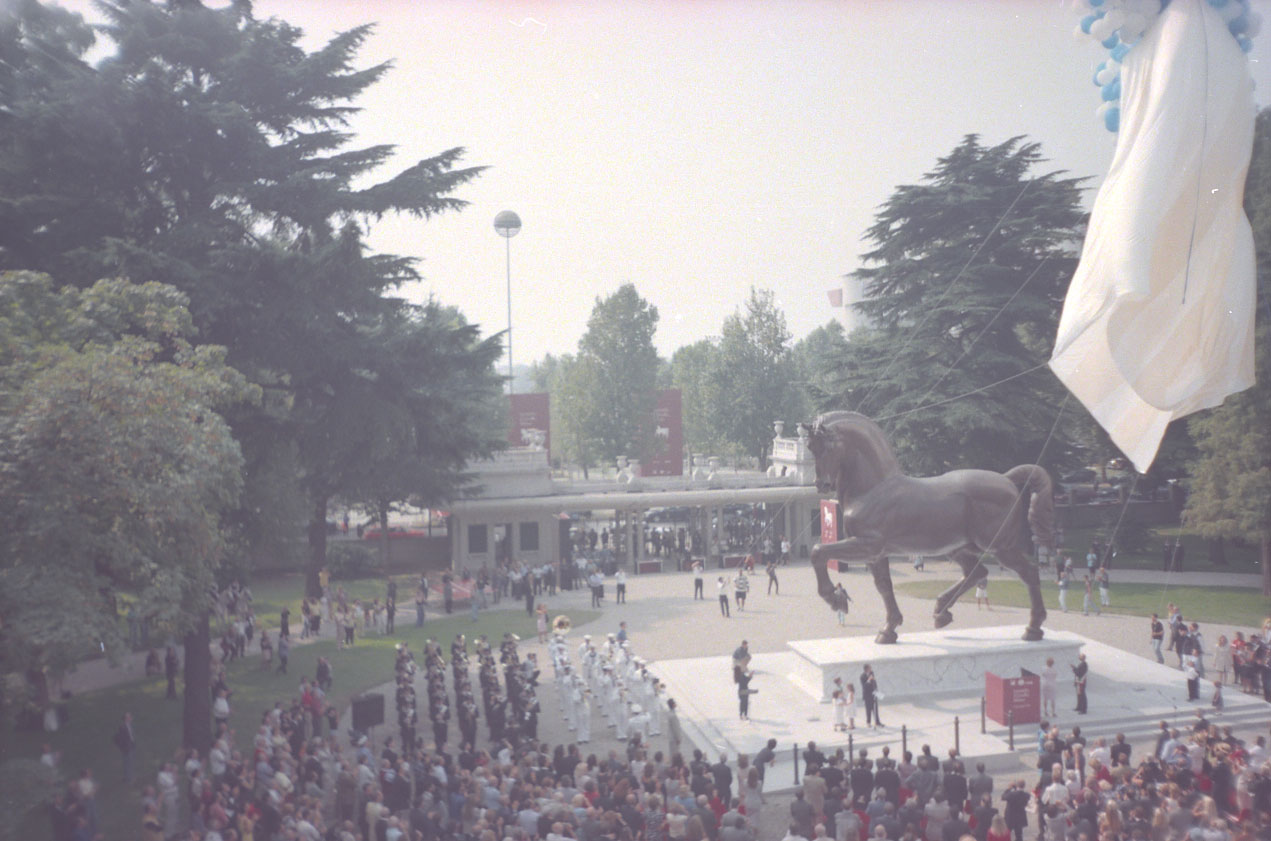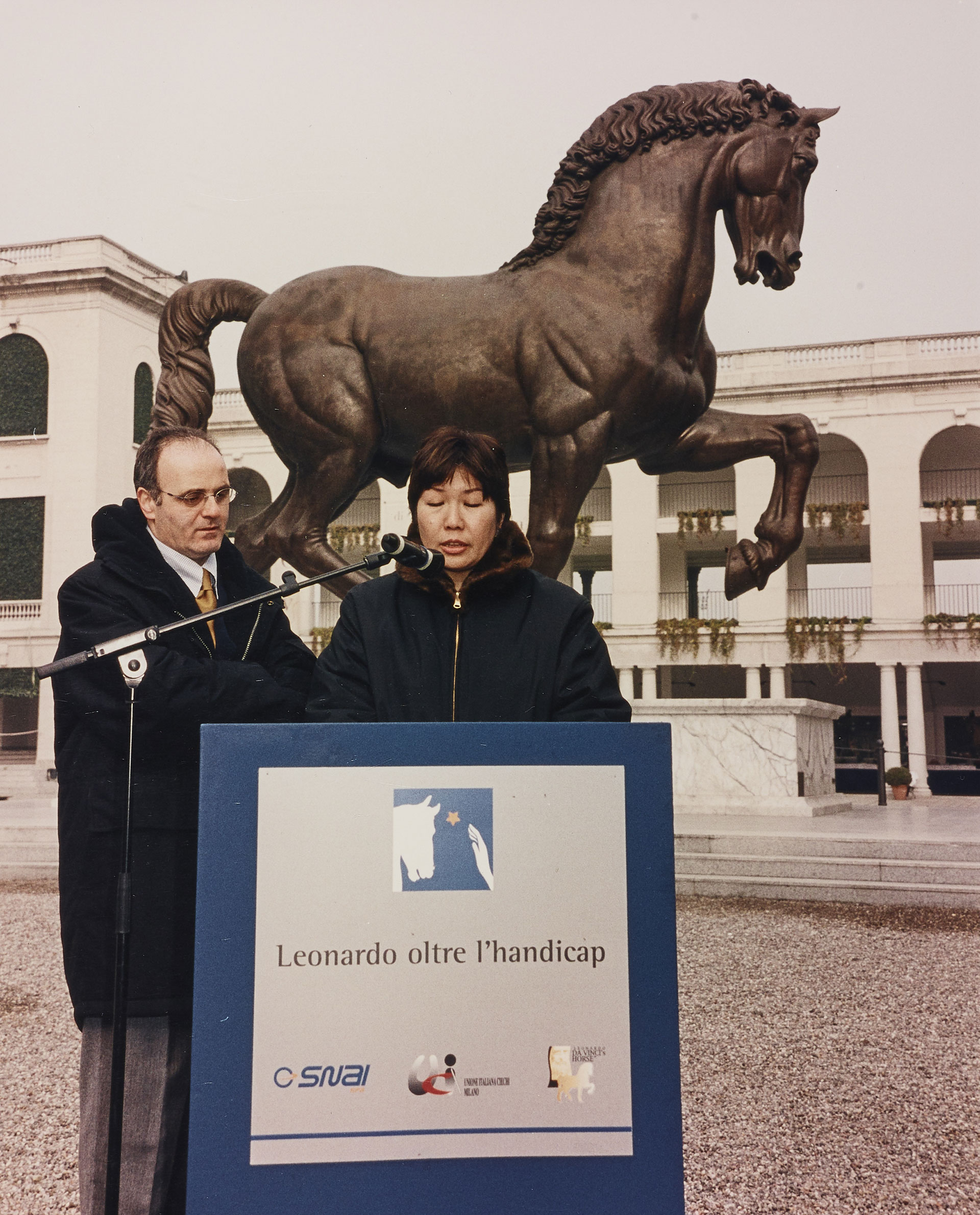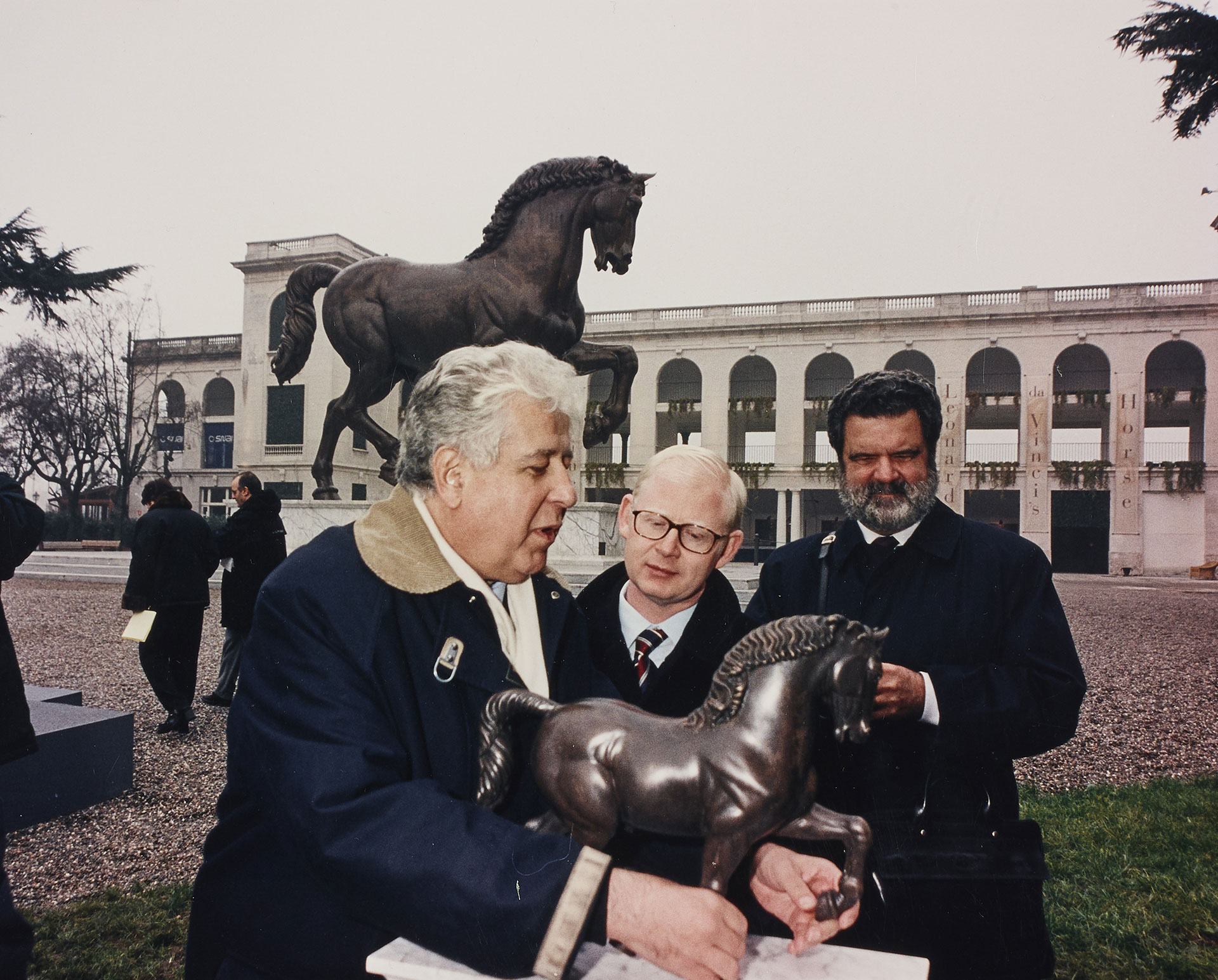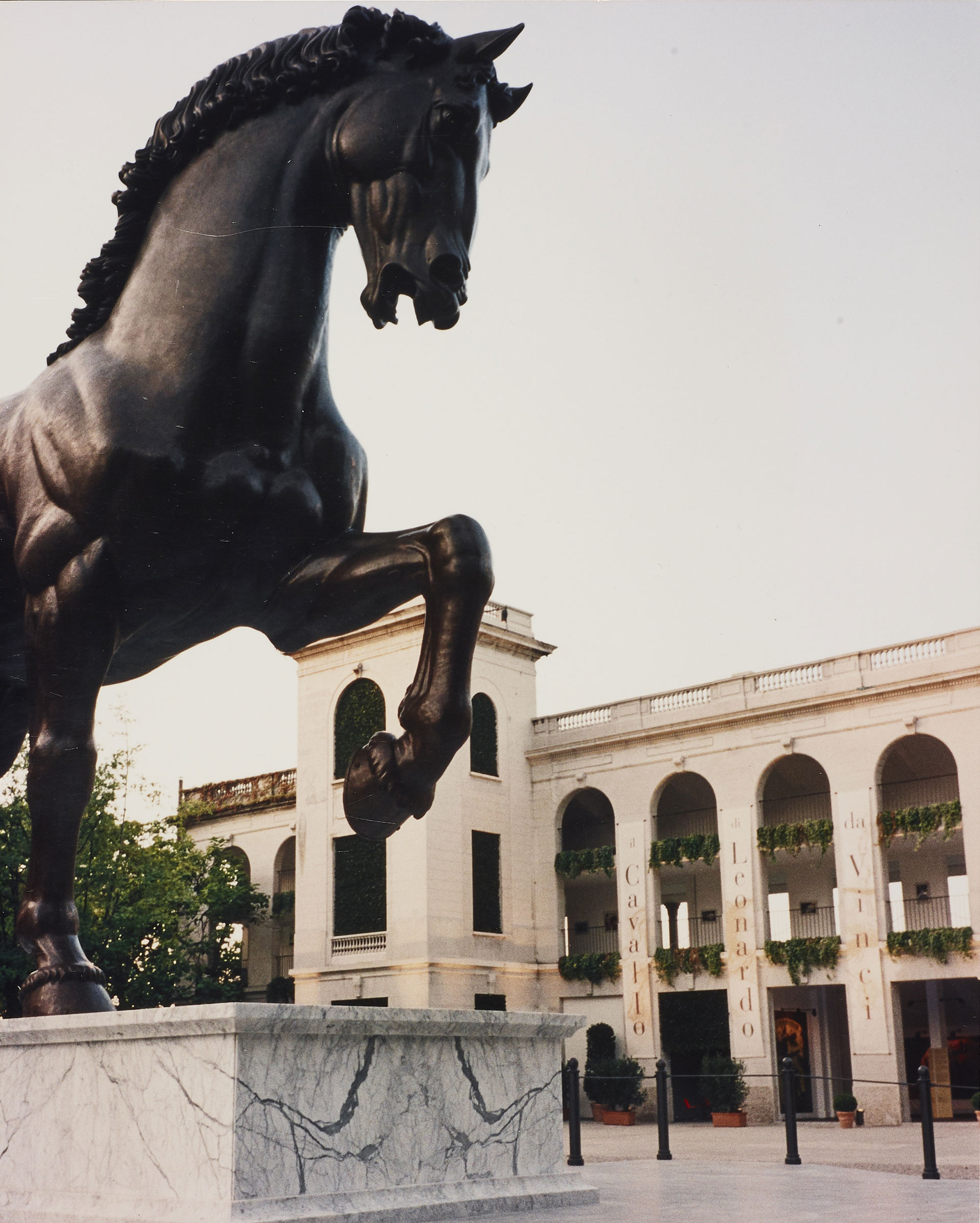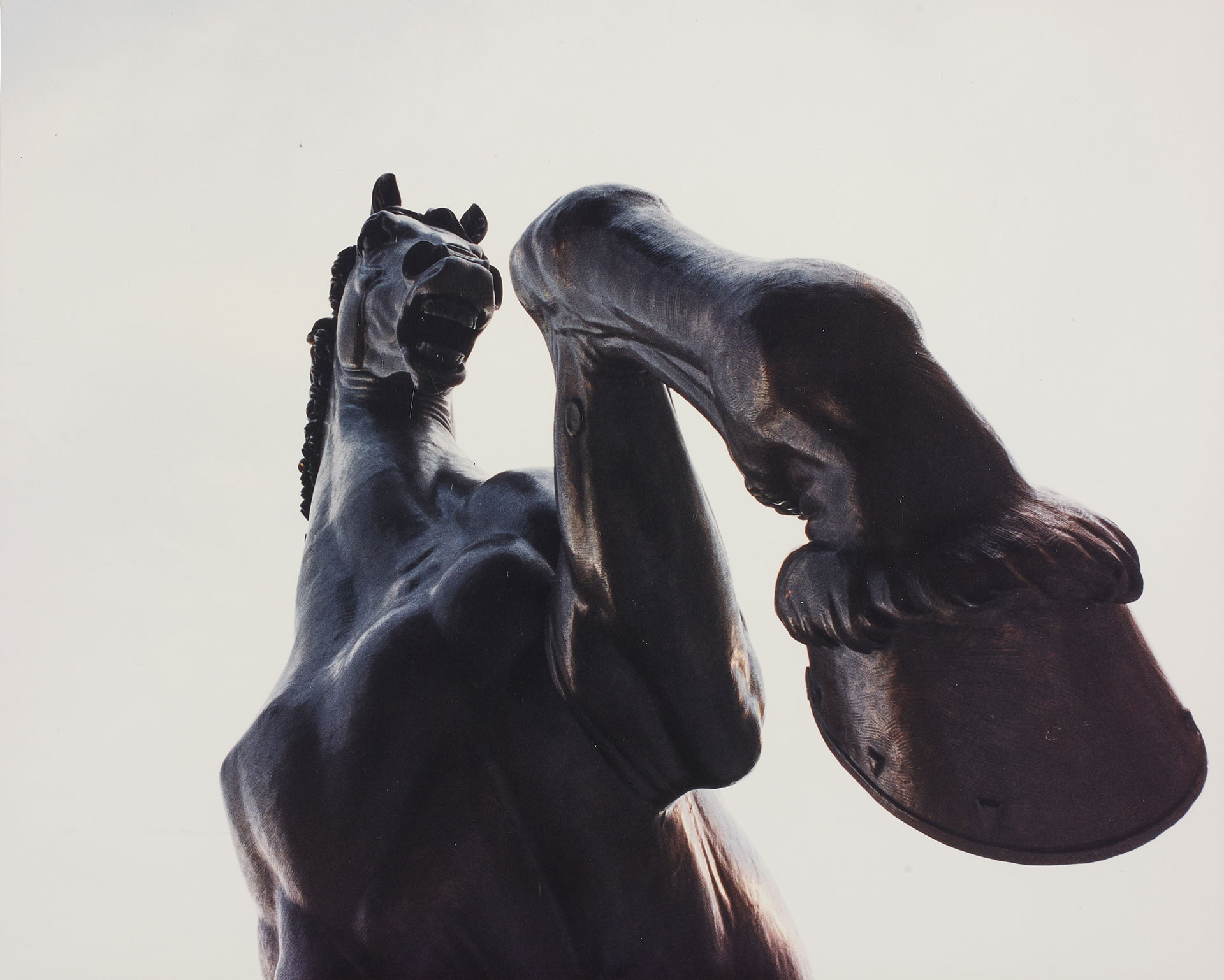In 1977 in Fogelsville, Pennsylvania, Charles Dent, a former commercial airline pilot and avid scholar of the Italian Renaissance and Leonardo, as well as a great art collector, read a National Geographic article entitled ‘The horse that never was’. Thus he discovered the existence of Leonardo’s drawings and his plans for the largest equestrian statue in the world, in memory of Francesco Sforza. It was a revelation, and the beginning of his dream.
Study of the horse.
© San Siro Racecourses Library
Study of the horse.
© San Siro Racecourses Library
Dent spent about 16 years studying, designing and building the world’s largest bronze horse. He set up Leonardo Da Vinci Horse Inc., began a fundraising campaign, and from the 1980s onwards received help from the greatest experts on Leonardo and the Renaissance age, summoning sculptors and artists, experts in bronze and equine anatomy to his farm in Pennsylvania.
Sketch by Charles Dent, 21 April 1978.
© San Siro Racecourses Archive
Charles Dent.
© San Siro Racecourses Archive
In September 1996 Nina Akamu, a highly gifted sculptor who had studied in Italy for 11 years, was commissioned to create the final model. Almost 12 tonnes of bronze were needed for the 60 sections of the sculpture, which were welded together in 7 subsections for disassembly and transport to Milan on 19 July 1999.
Sculptor Nina Akamu grappling with the clay model and the plaster cast finish.
© San Siro Racecourses Archive
The full-size model.
© San Siro Racecourses Archive
The bronze casting.
© San Siro Racecourses Archive
The preparation of the metal sections.
© San Siro Racecourses Archive
Leonardo Da Vinci Horse Inc., fulfilling the intentions of its founder Charles Dent, expressed to the City of Milan the desire to return Leonardo’s ancient project to its intended city and to inaugurate the work on 10 September 1999, the 500th anniversary of the destruction of Leonardo’s model. The most suitable place was identified as the San Siro Racecourse due to the large area available, its long history and deep connection with the society and the city of Milan.
Unveiling the horse.
© San Siro Racecourses Archive
The year after the inauguration of the equestrian statue, on the occasion of the National Day of the Blind, a model was unveiled that was identical to the original but much smaller, allowing blind people to also appreciate the proportions and harmonies of Leonardo’s horse. The creator of the bronze miniature was once again the sculptor Nina Akamu. She attended the ceremony together with the city authorities and the President of the Italian Union of the Blind, renewing that artistic and human intertwining inspired by Leonardo and manifested today in unexpected ways.
© San Siro Racecourses Archive


